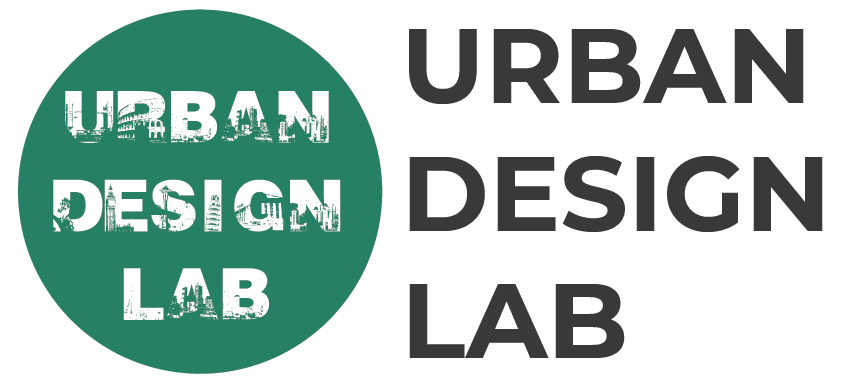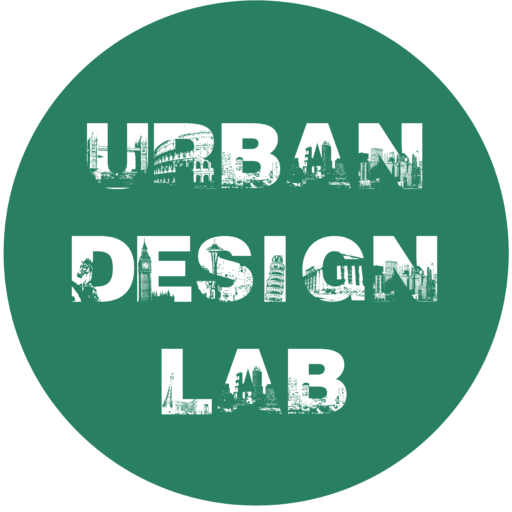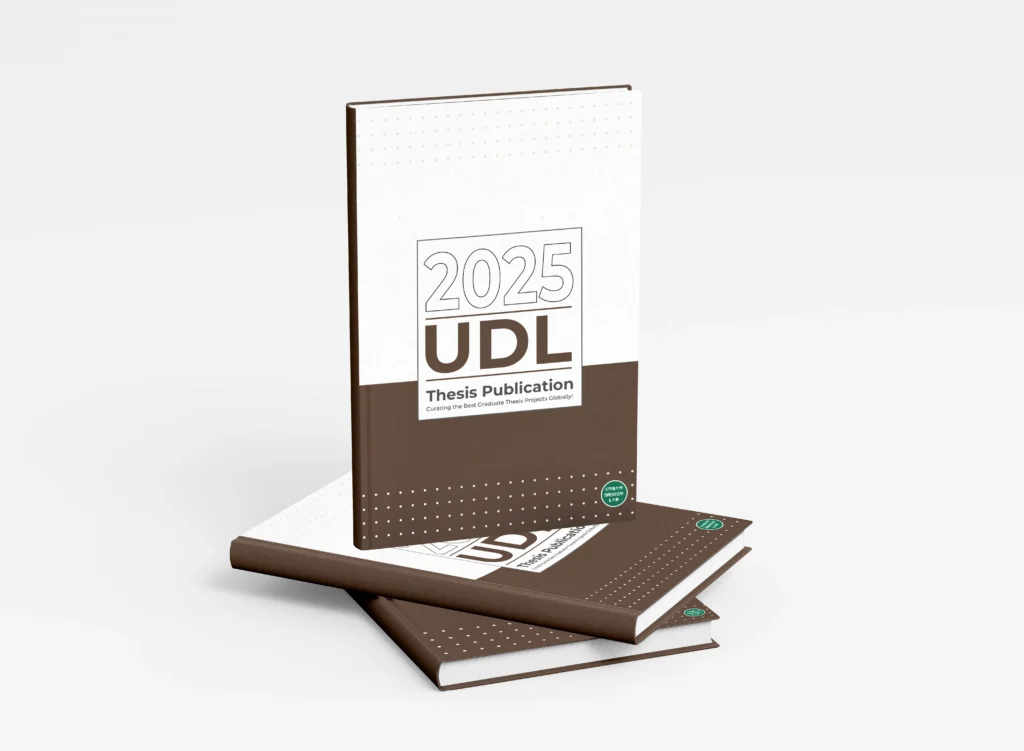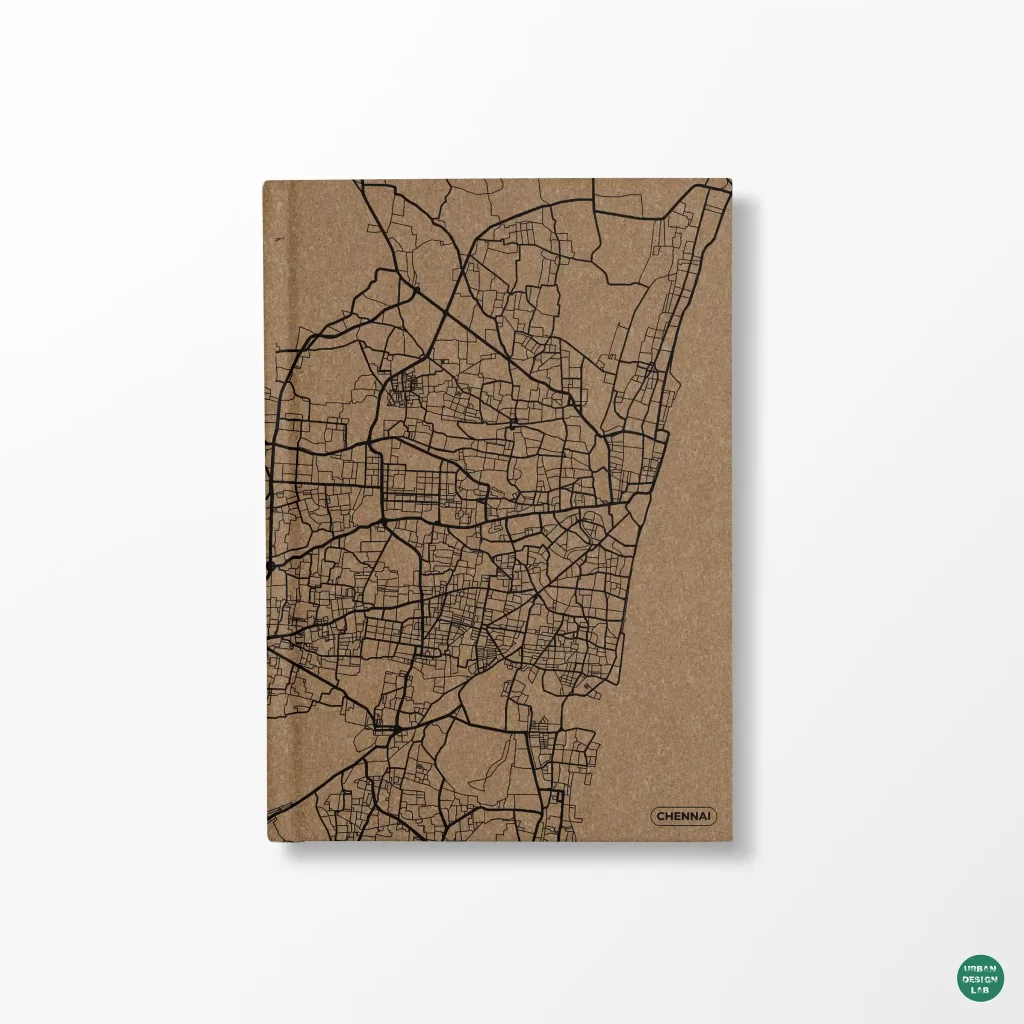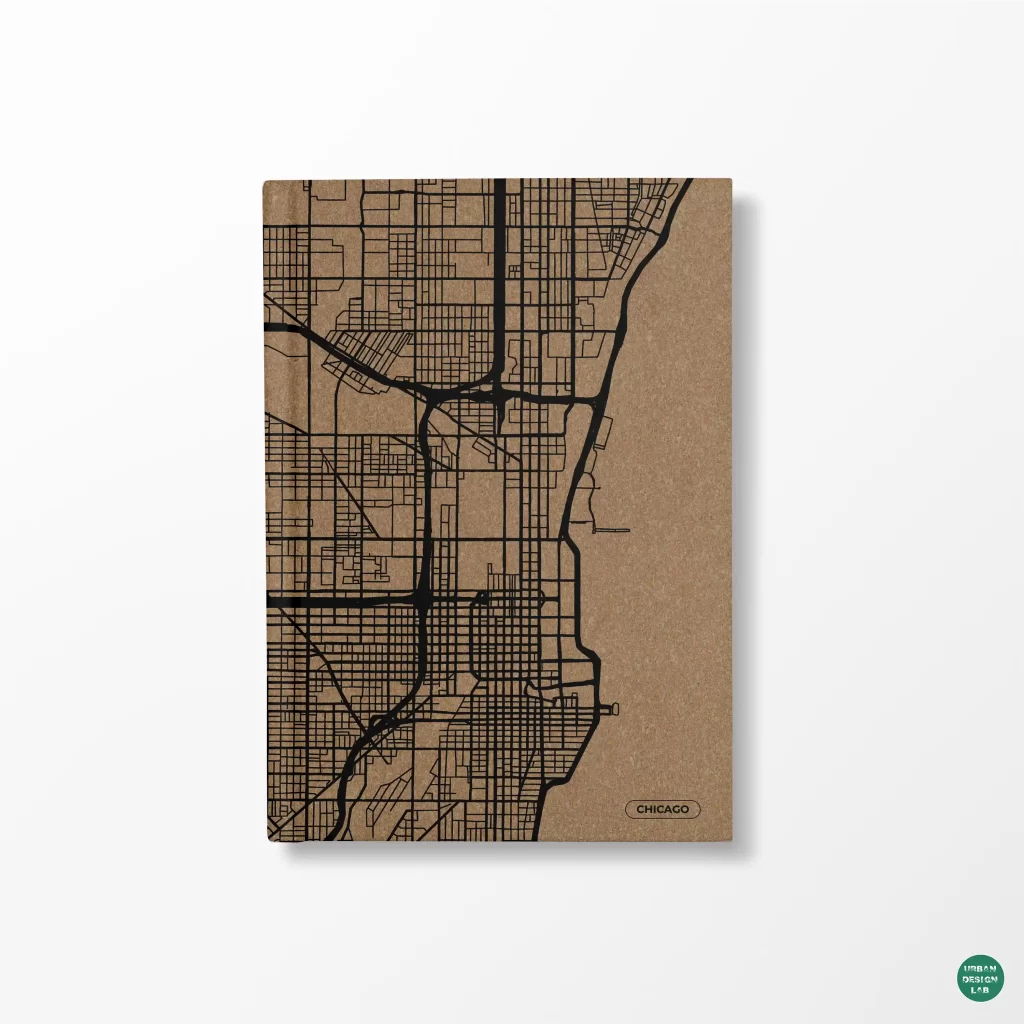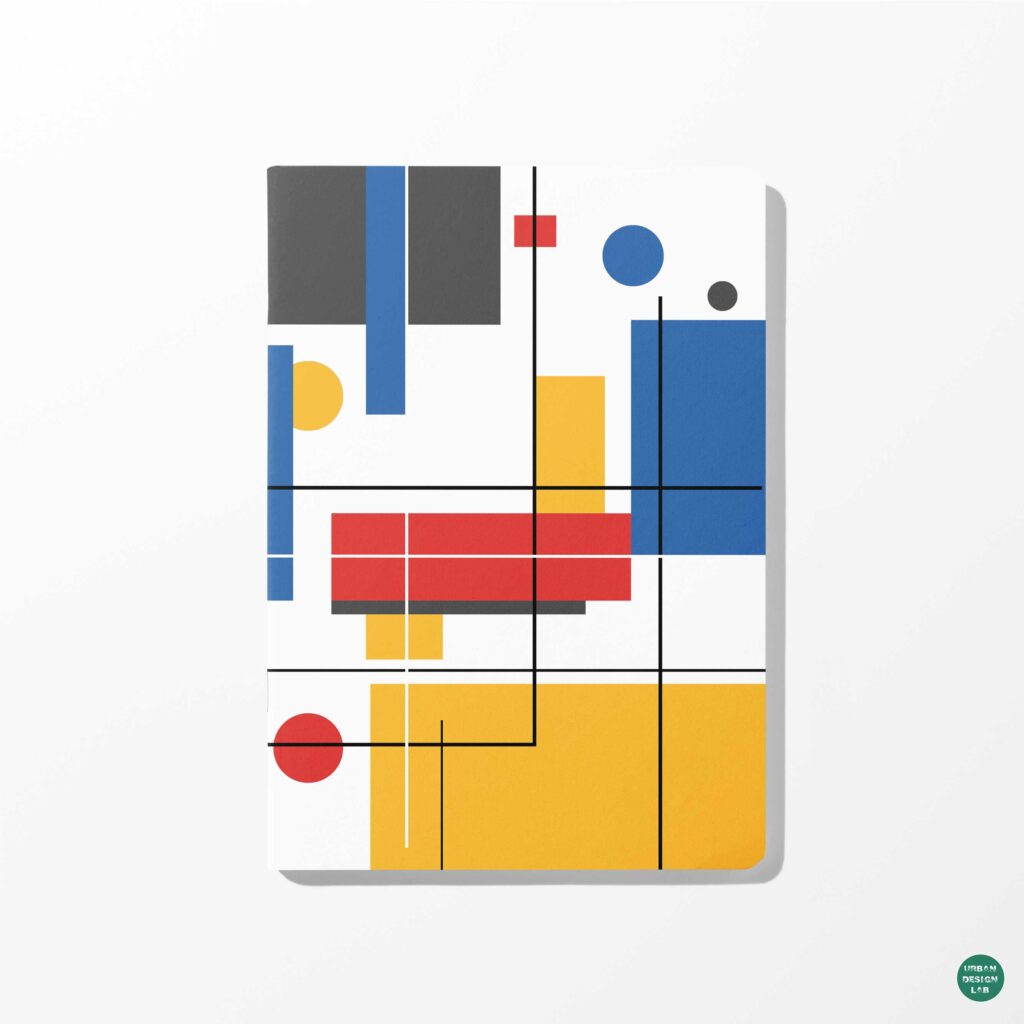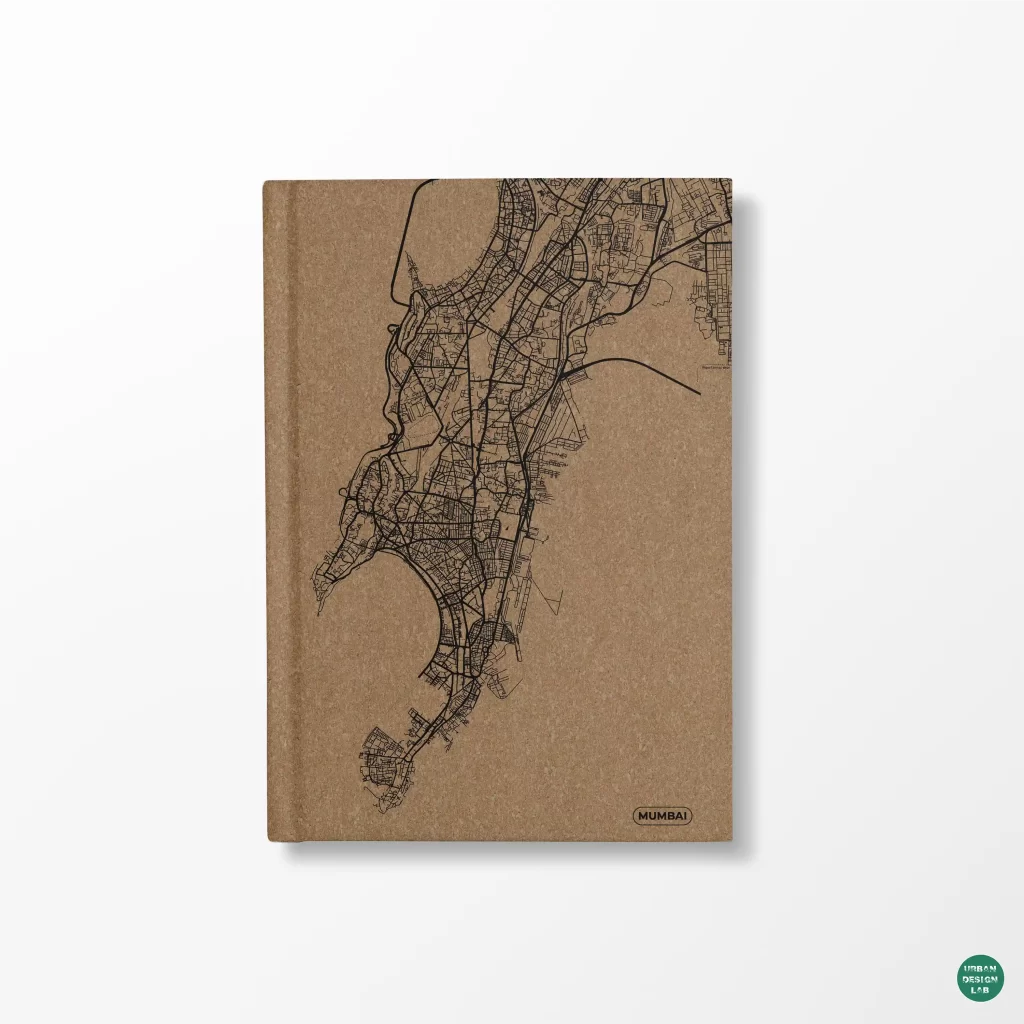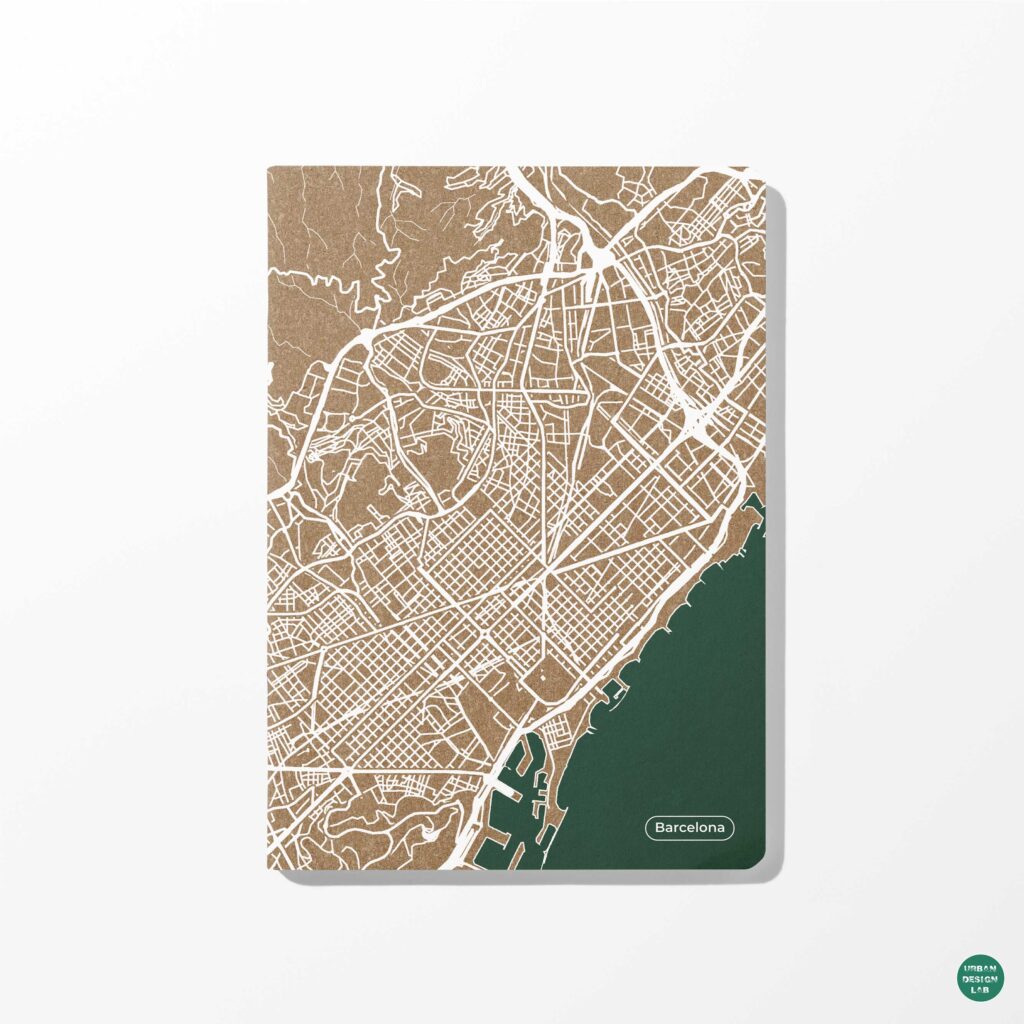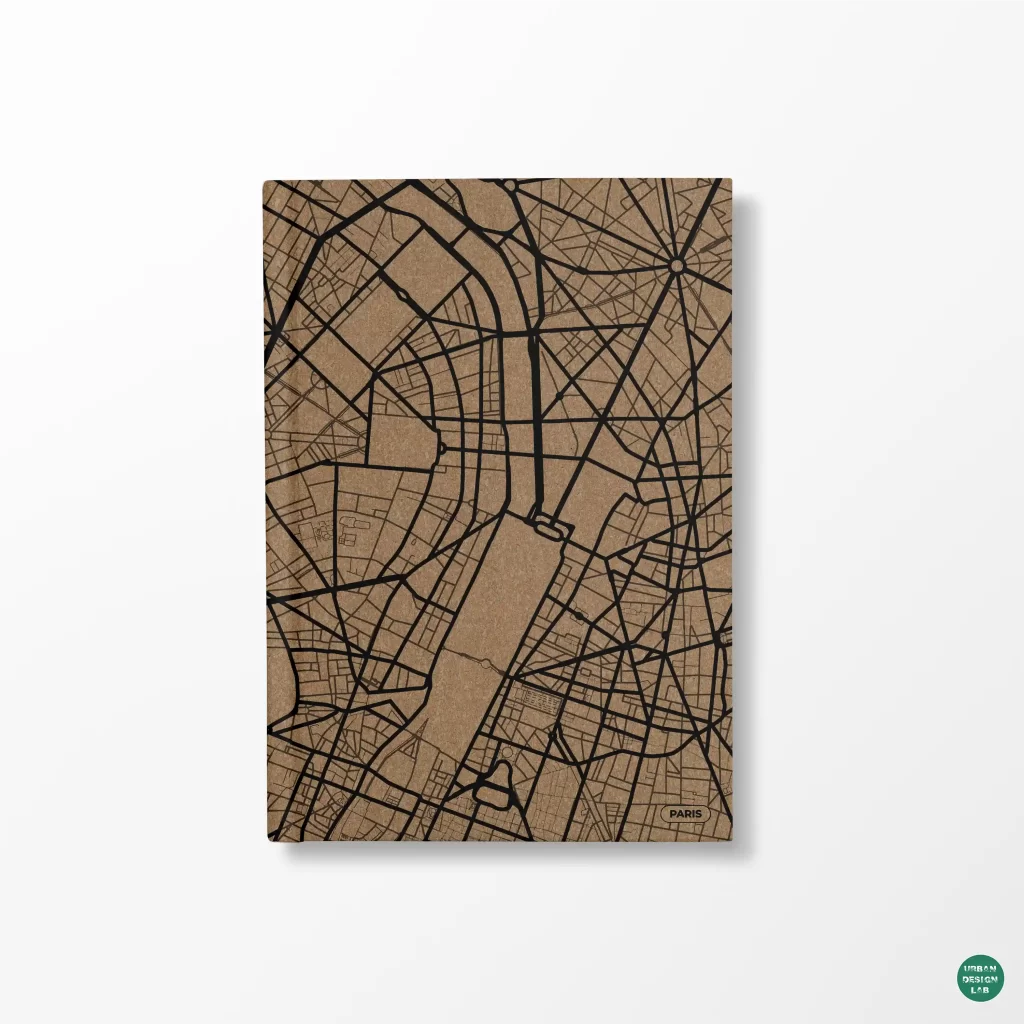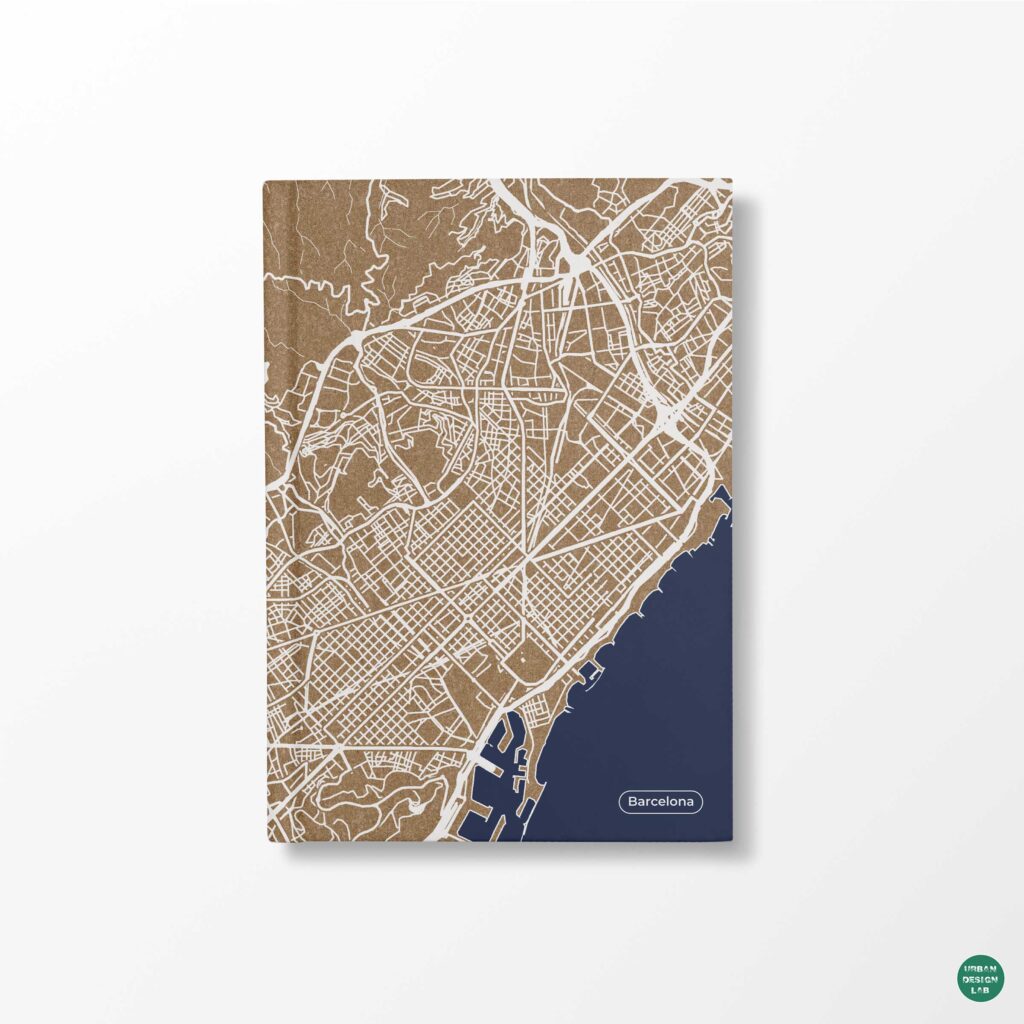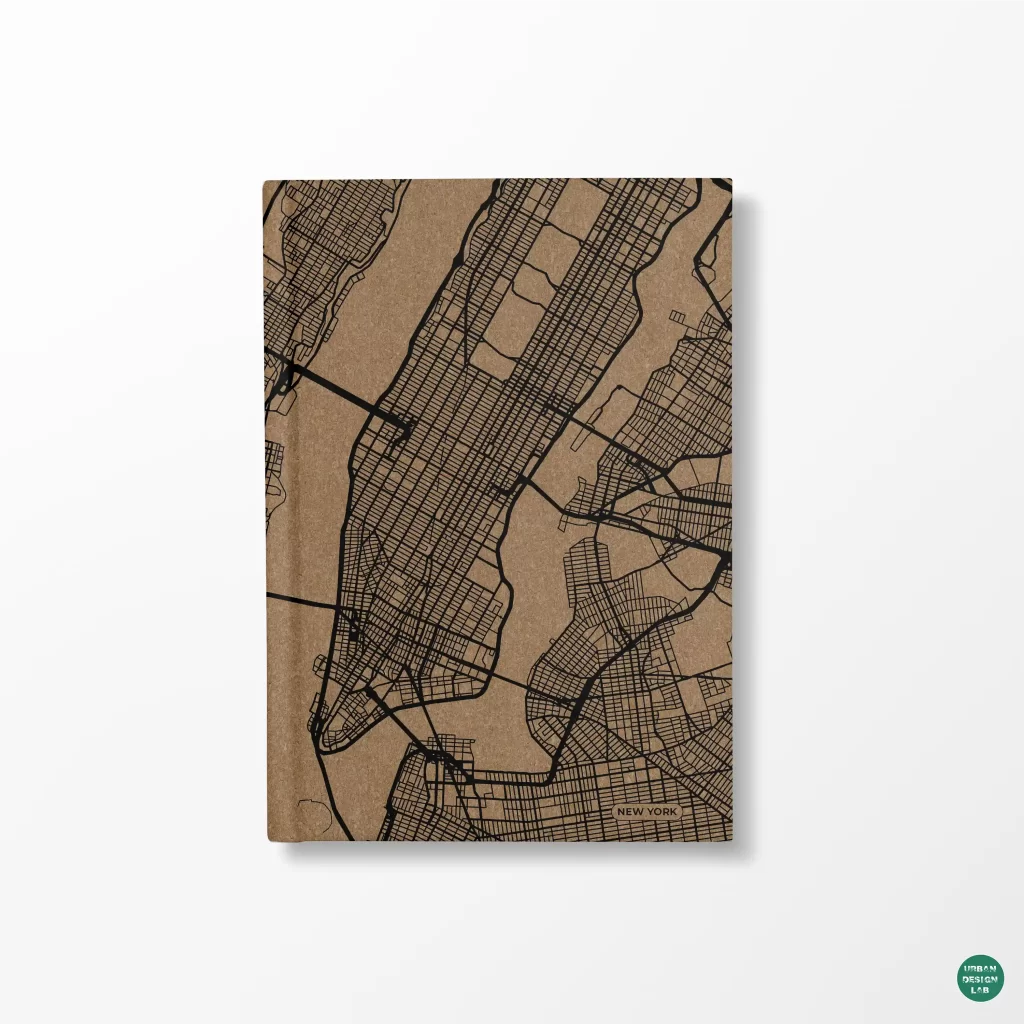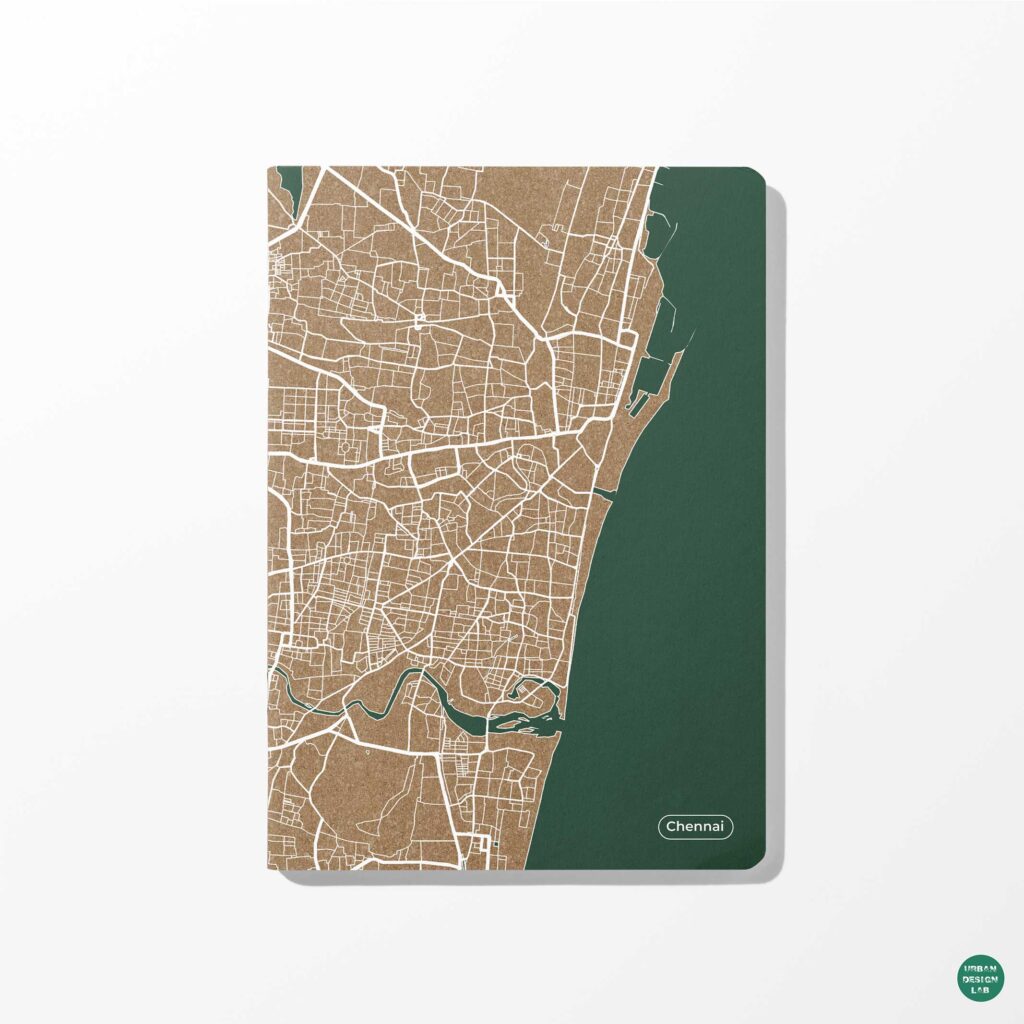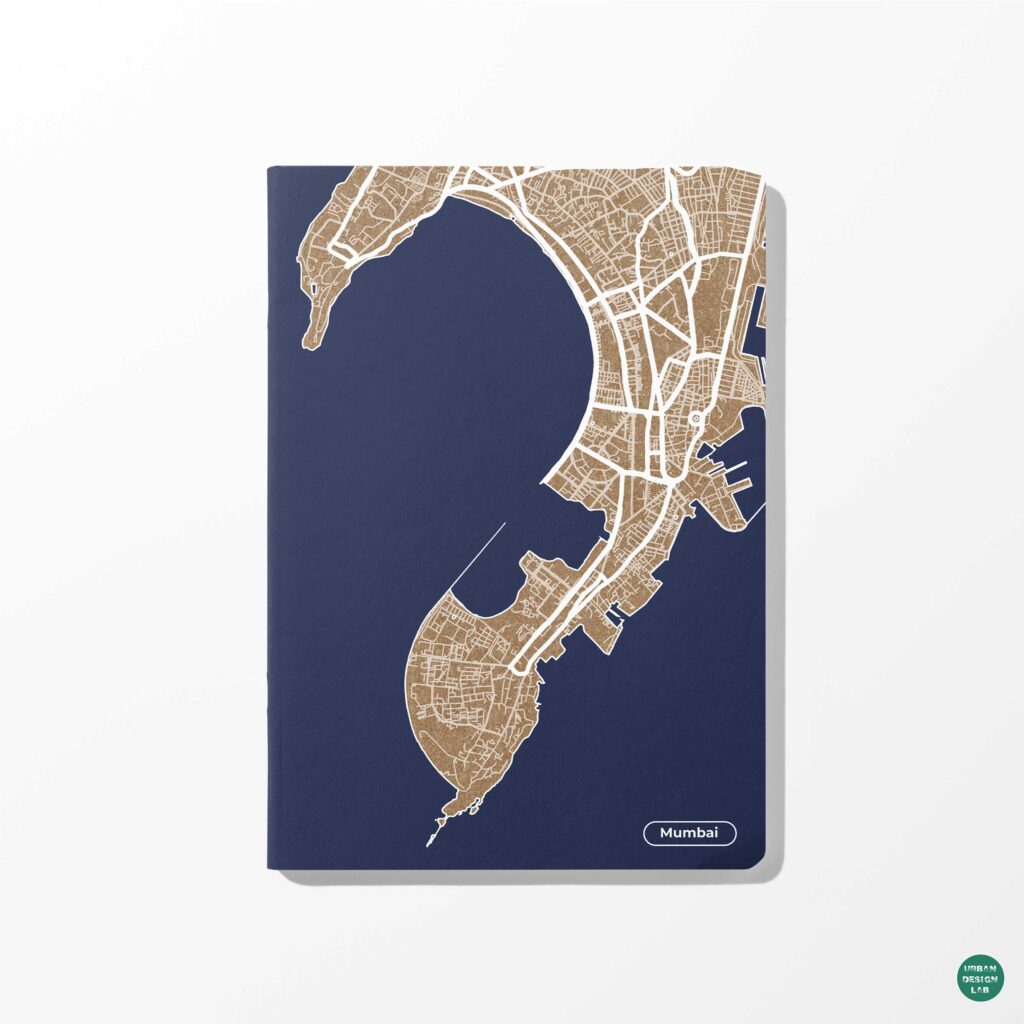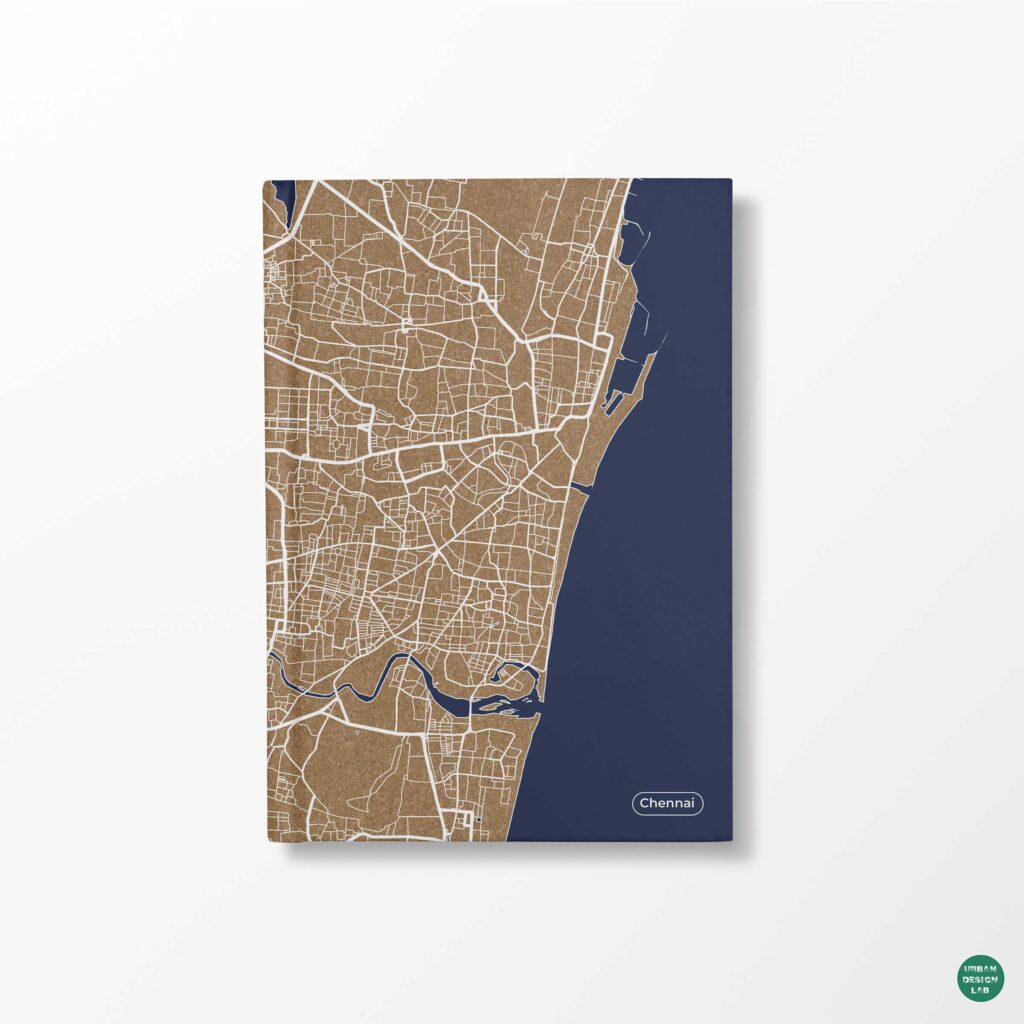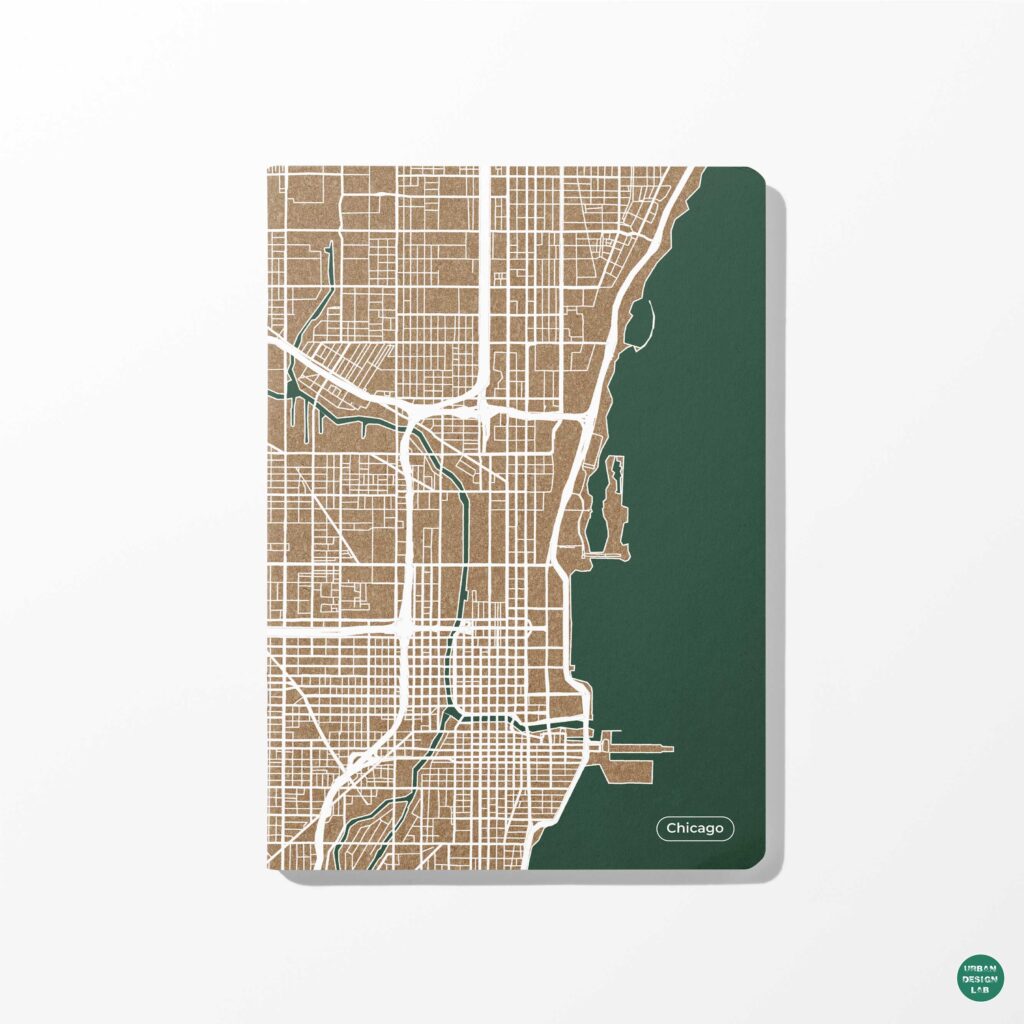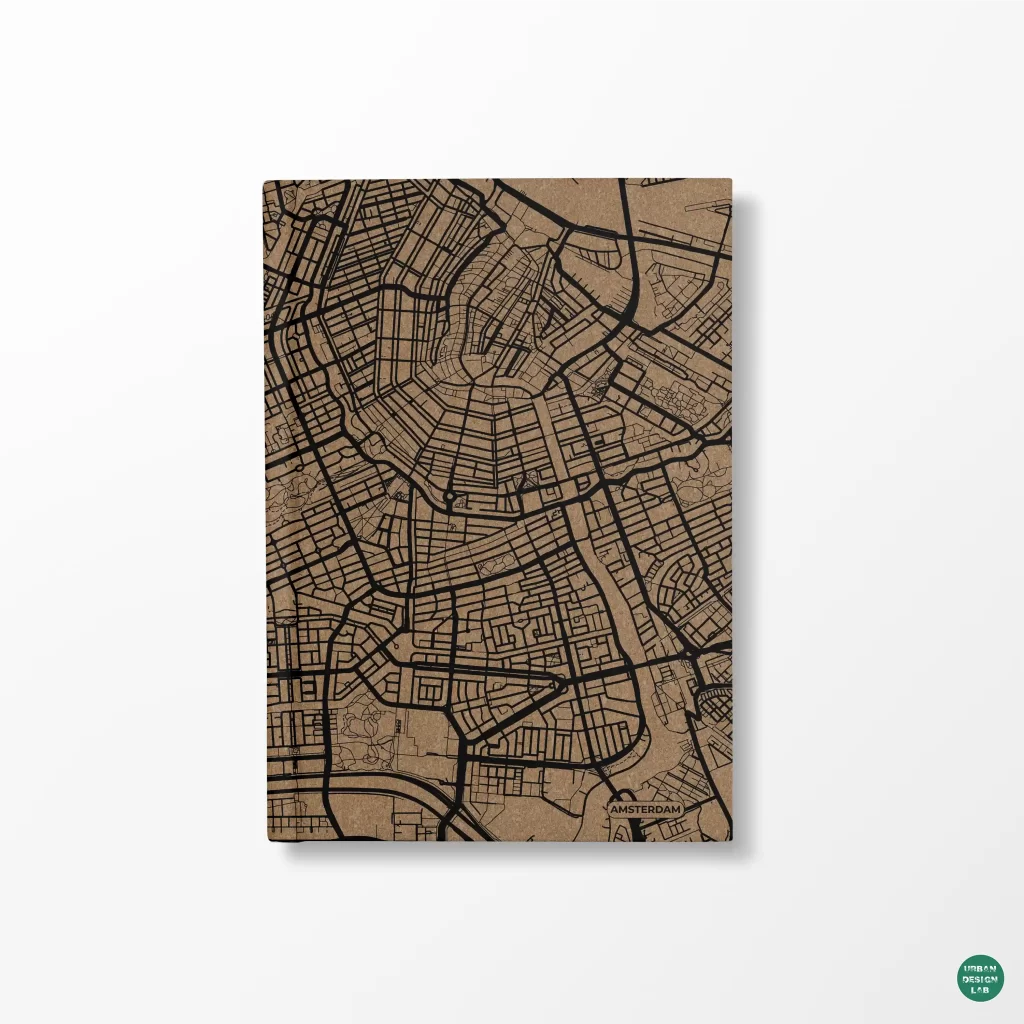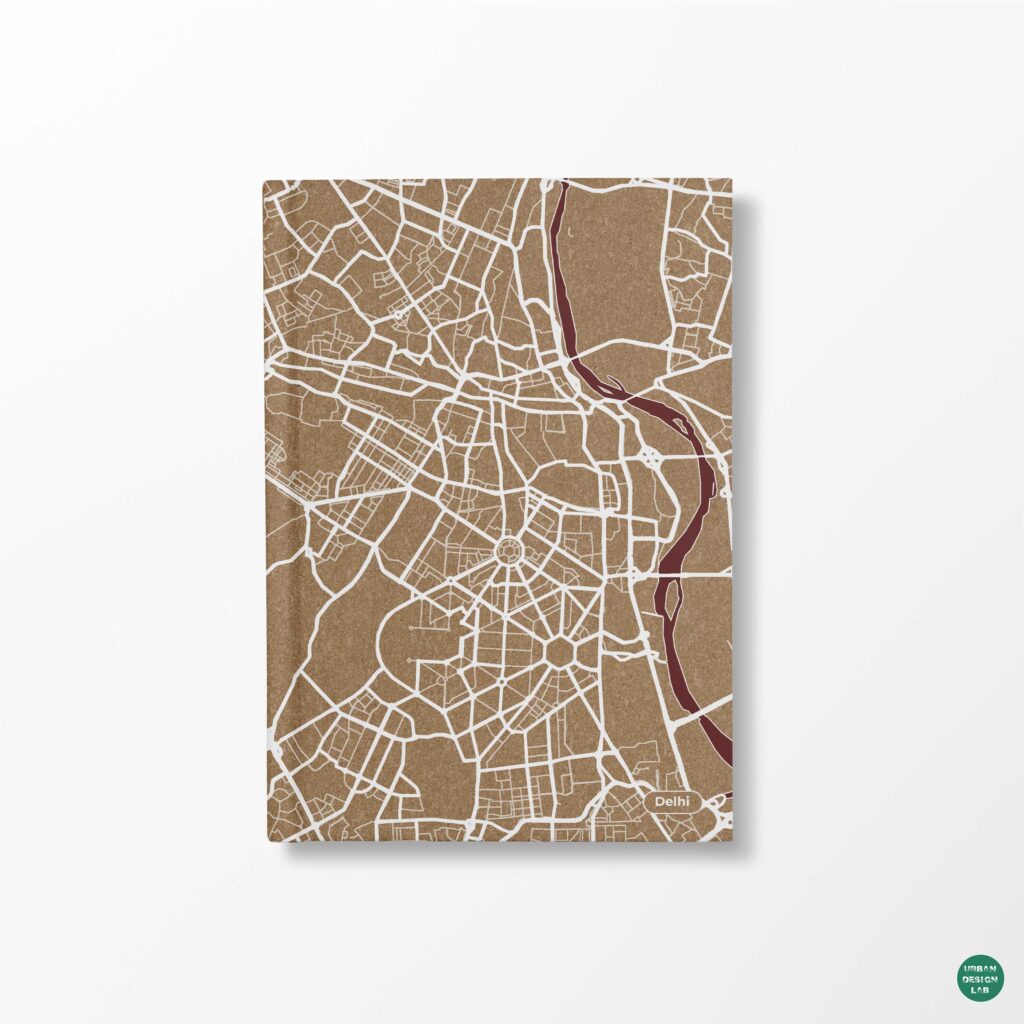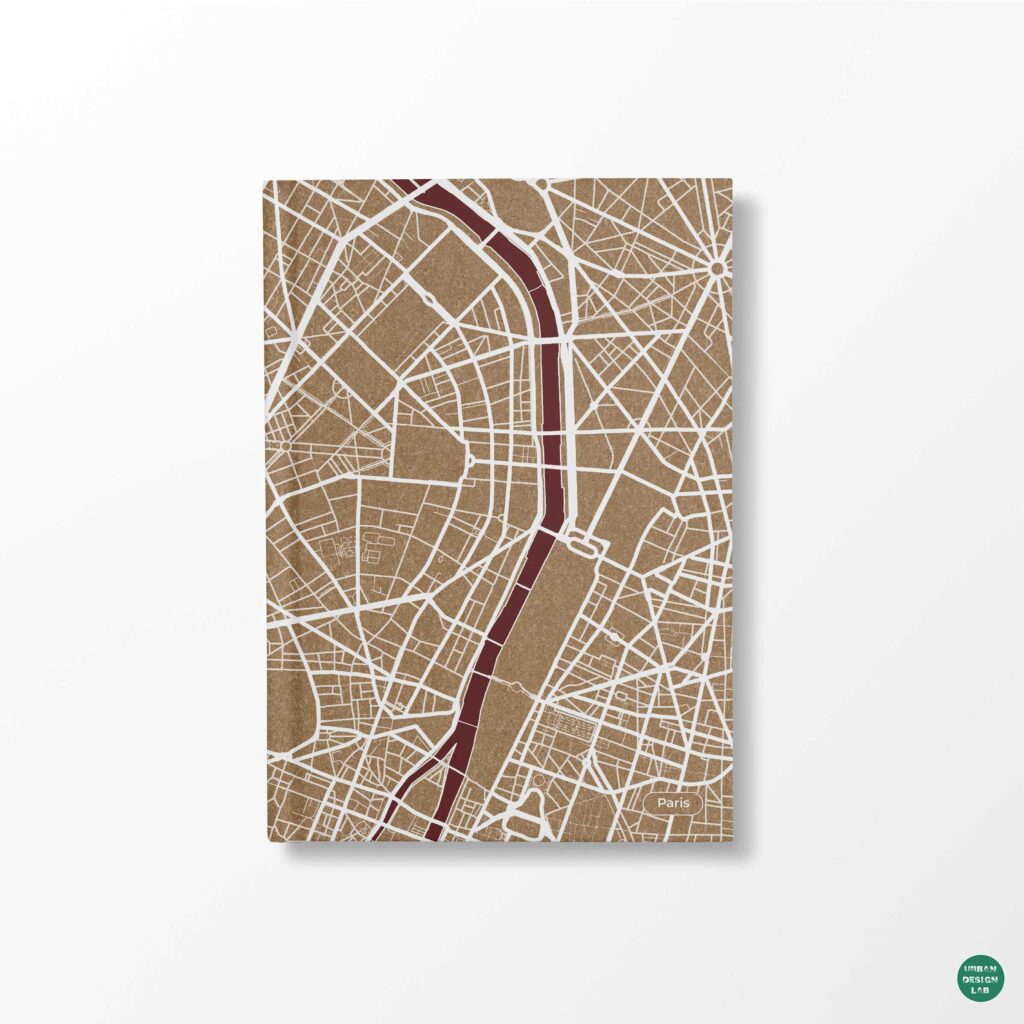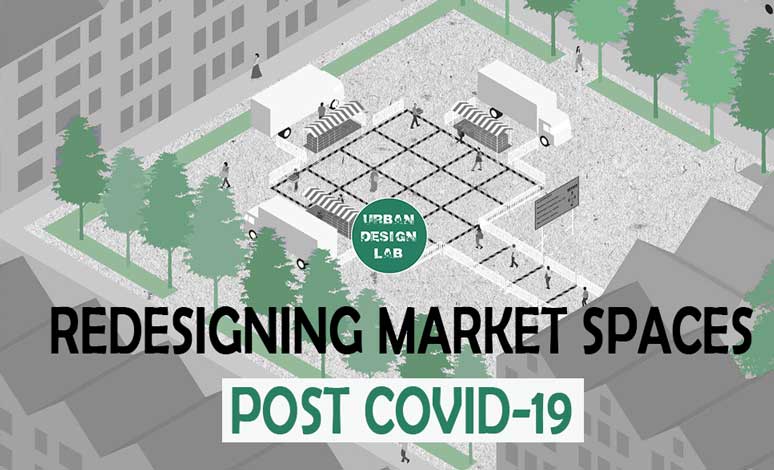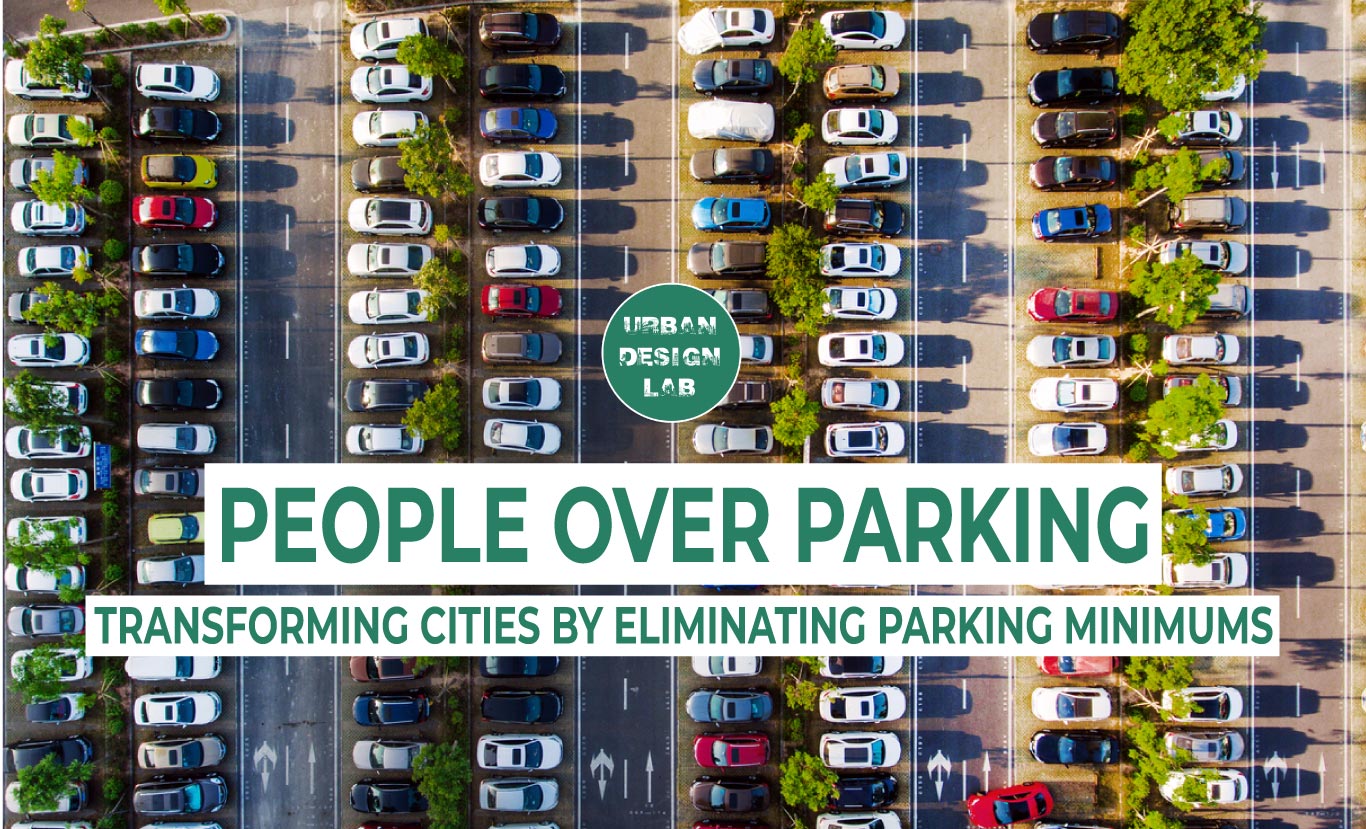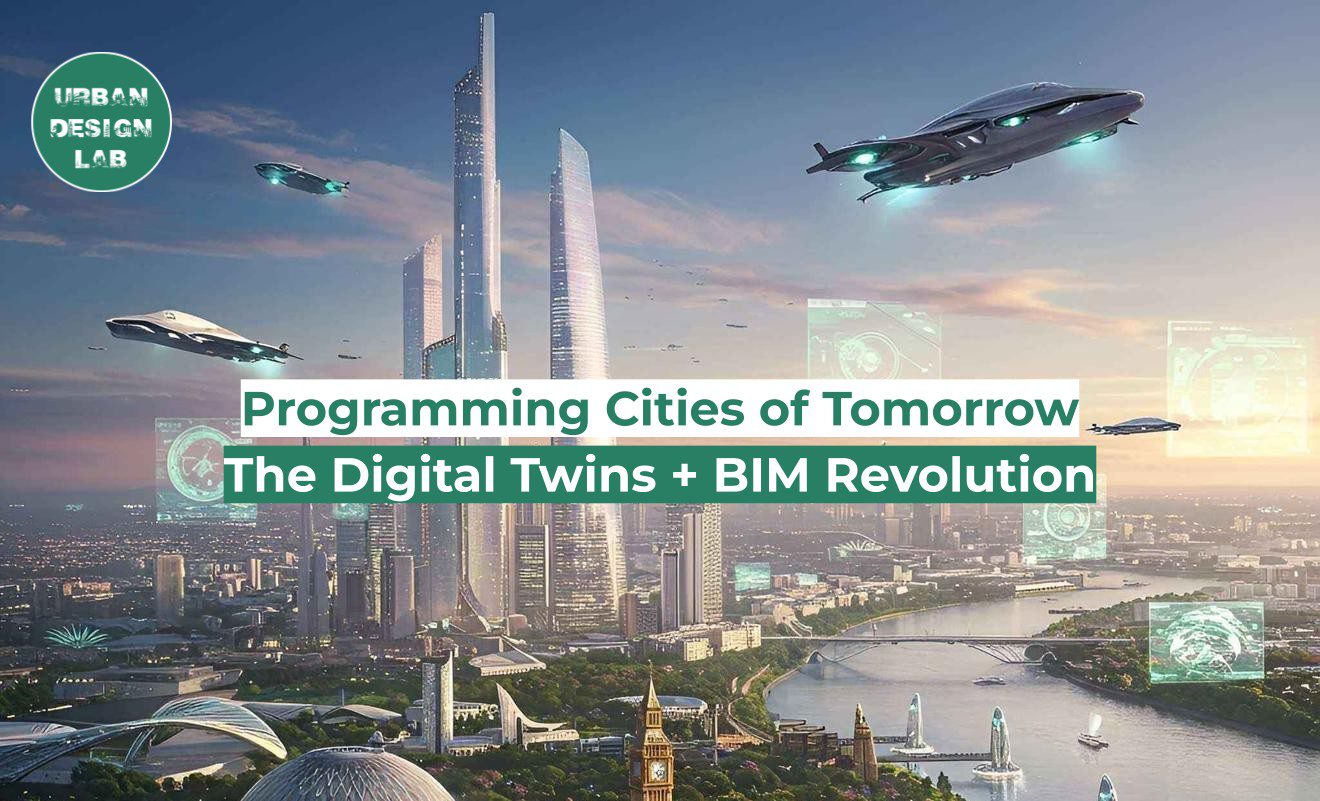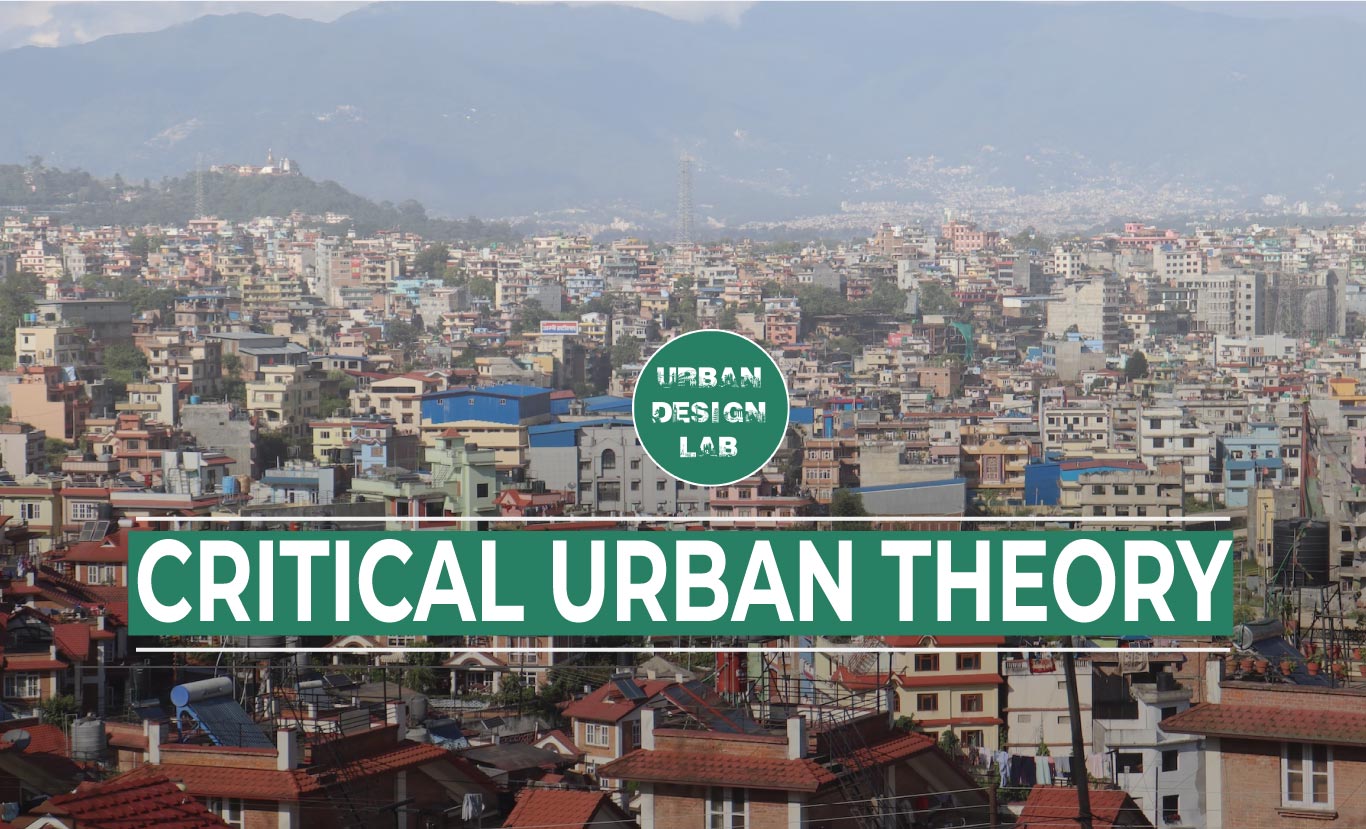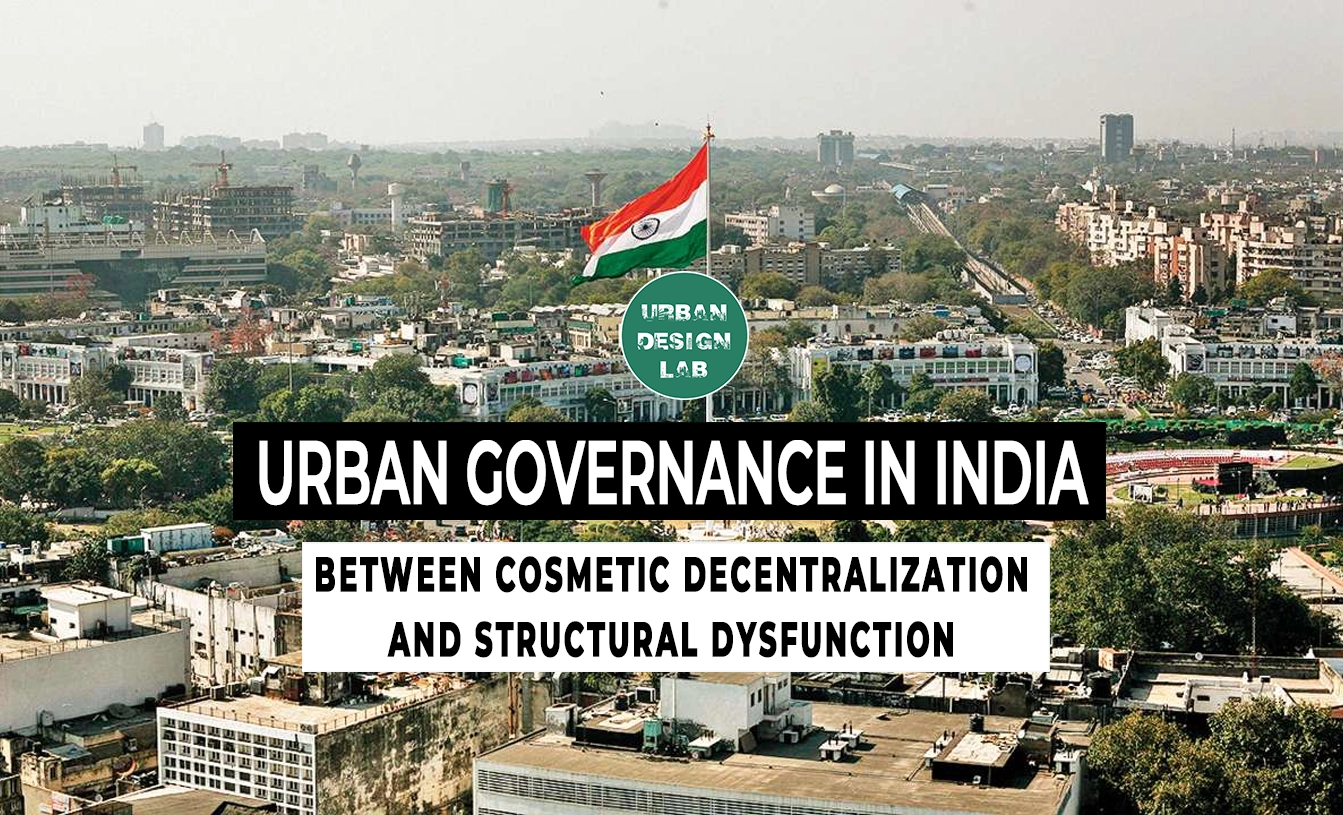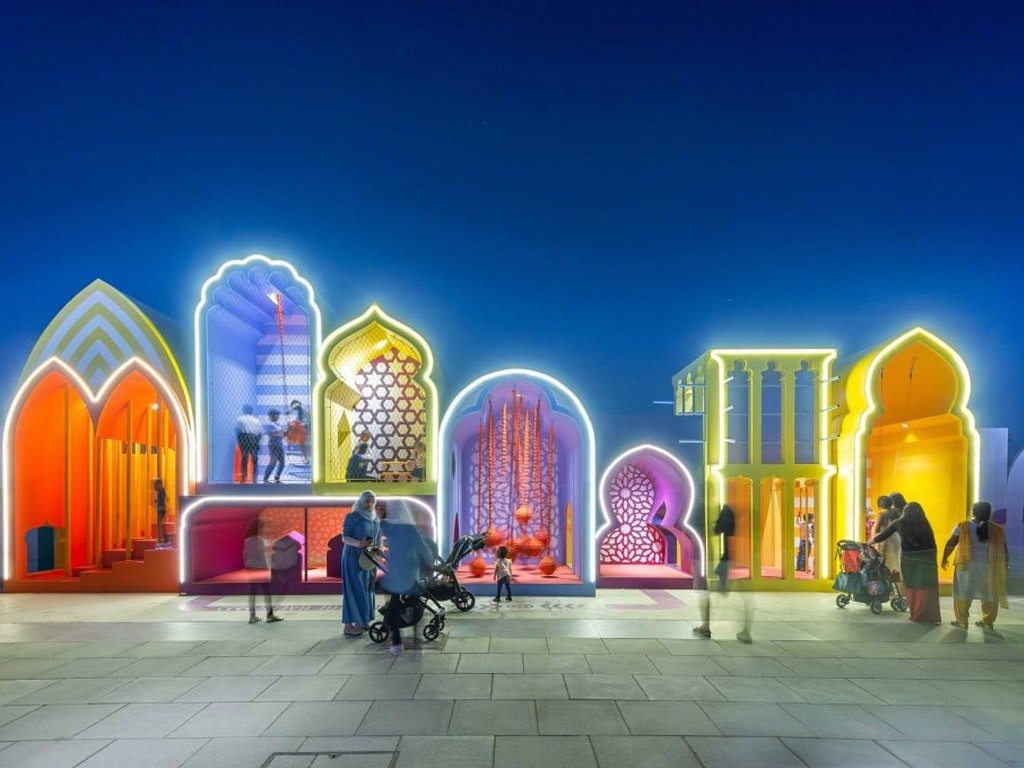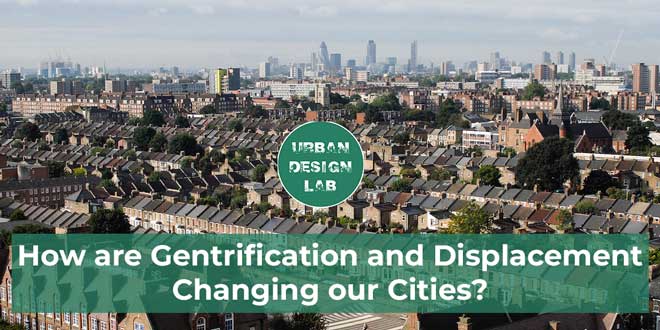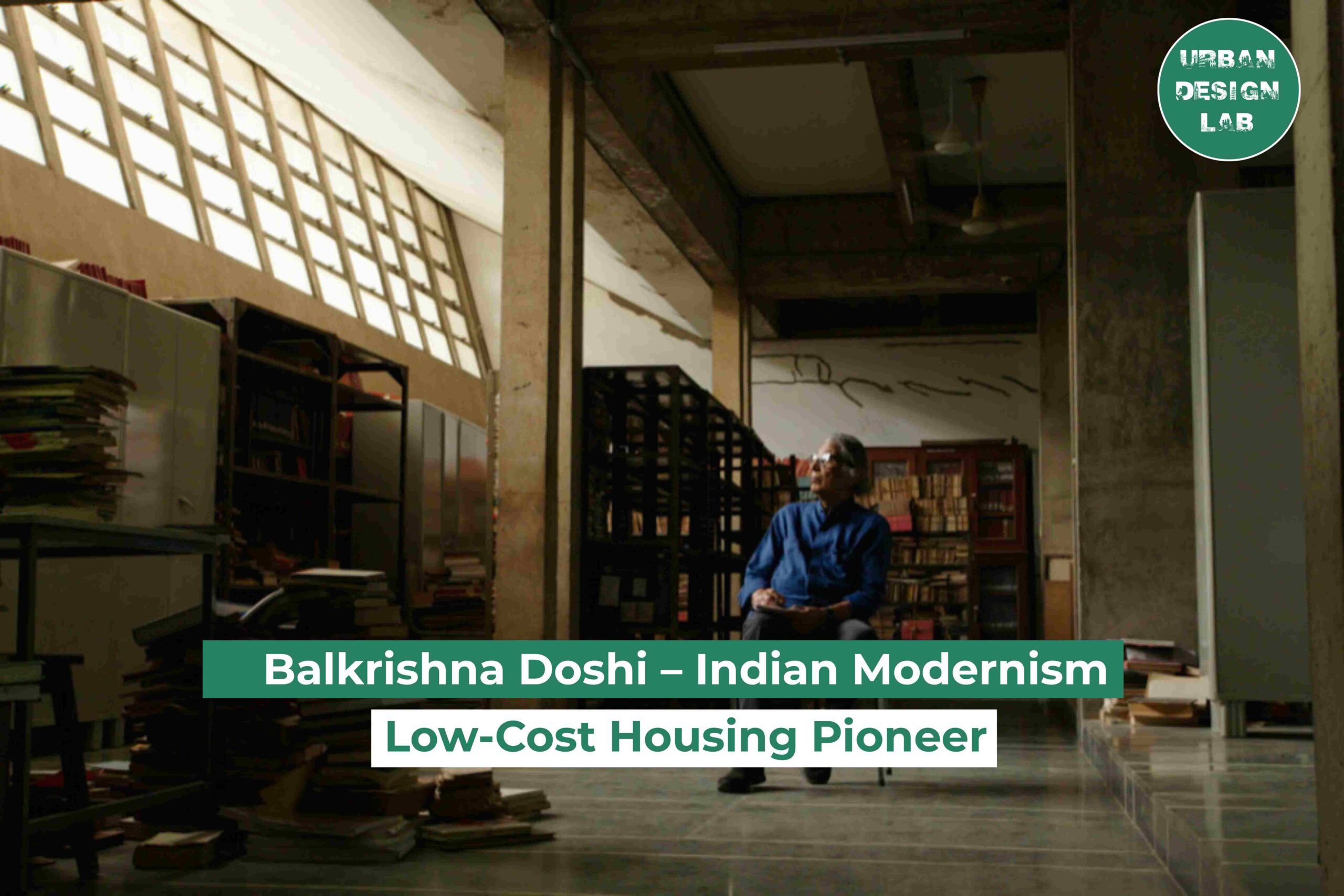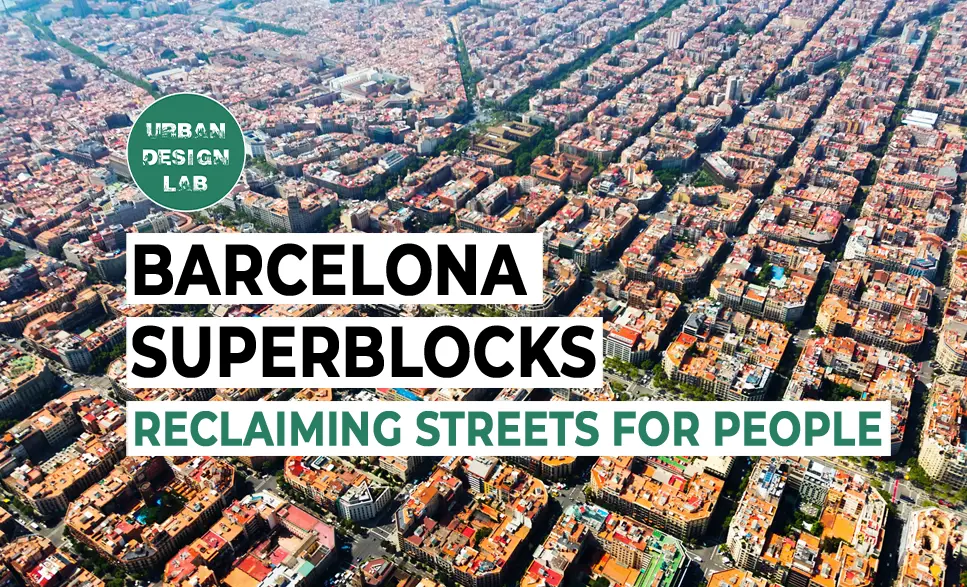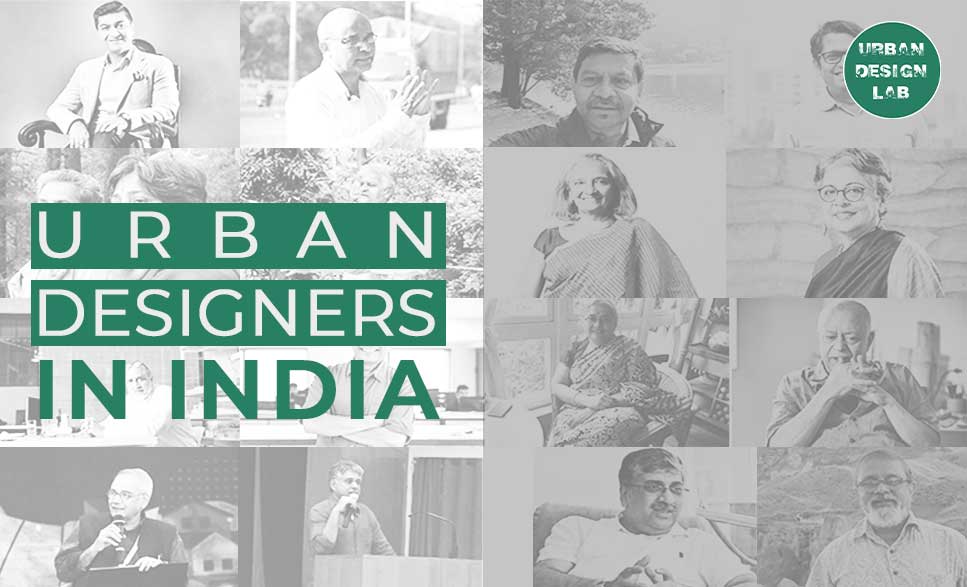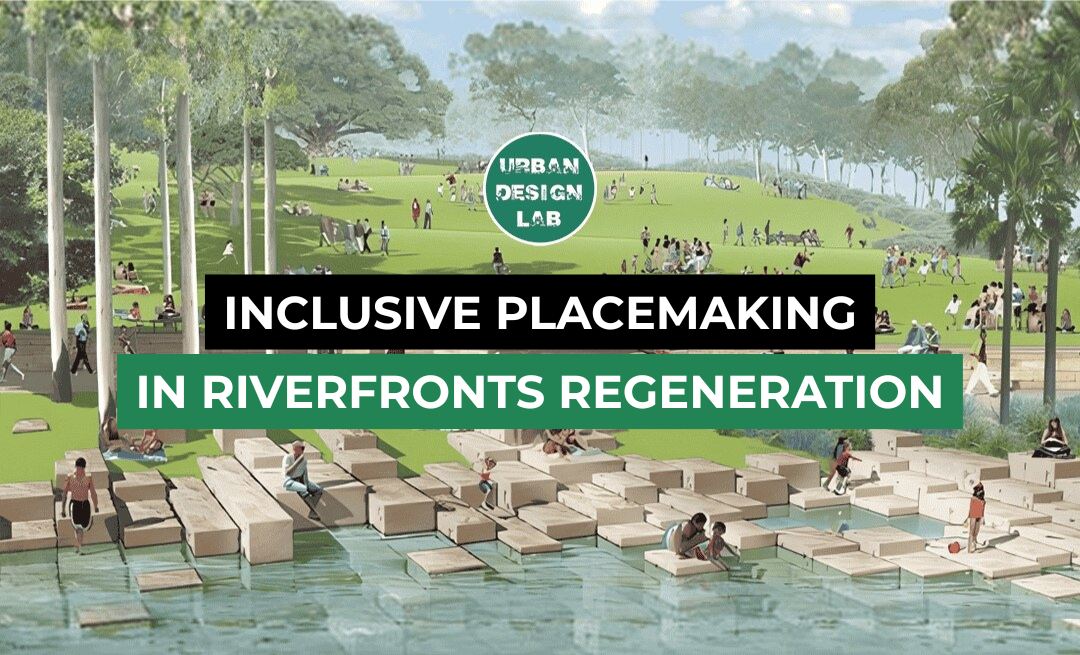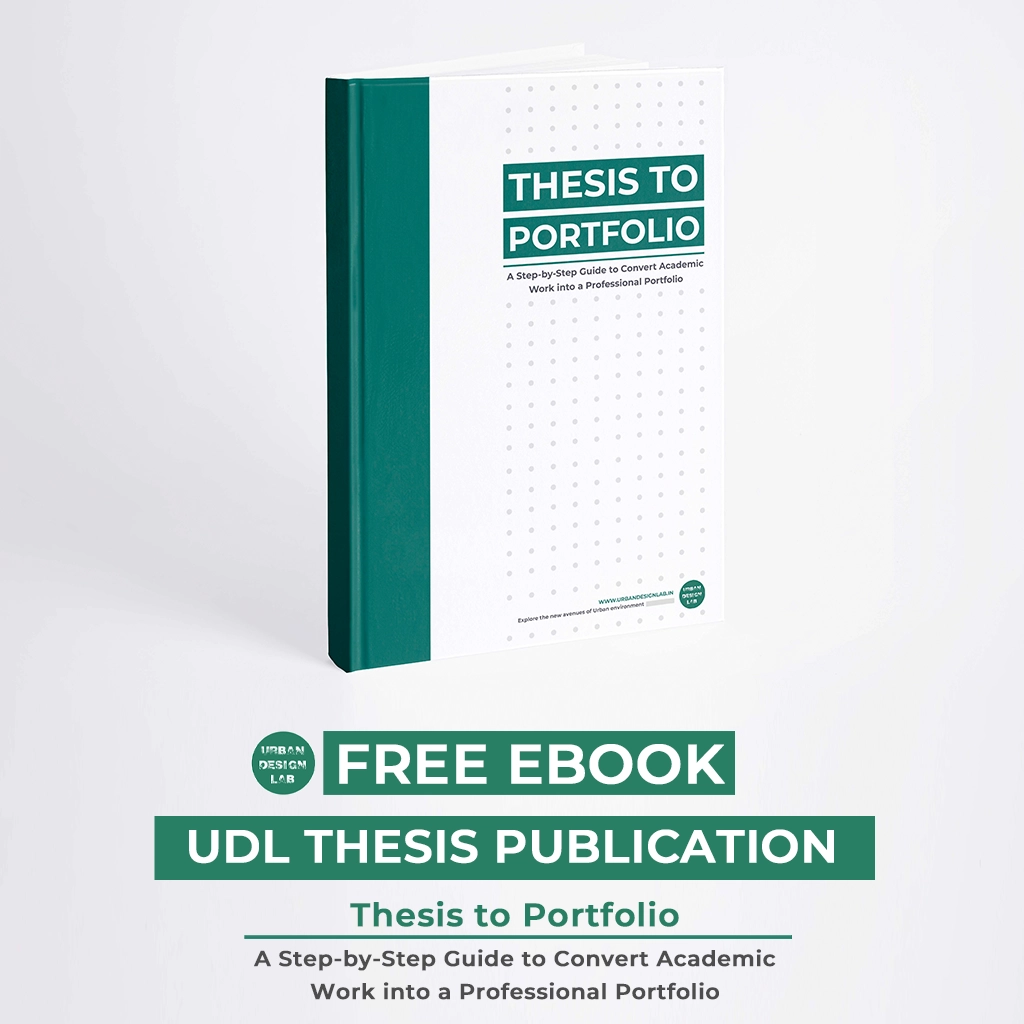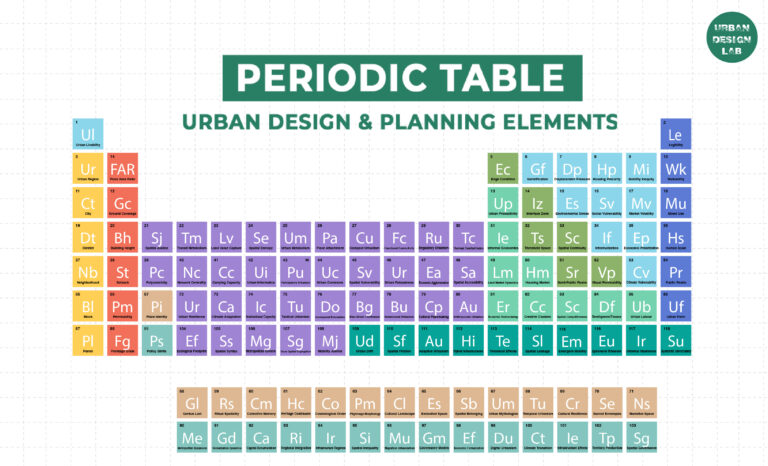
AI Urbanism: Utopia or Dystopia? The Unvarnished Truth.
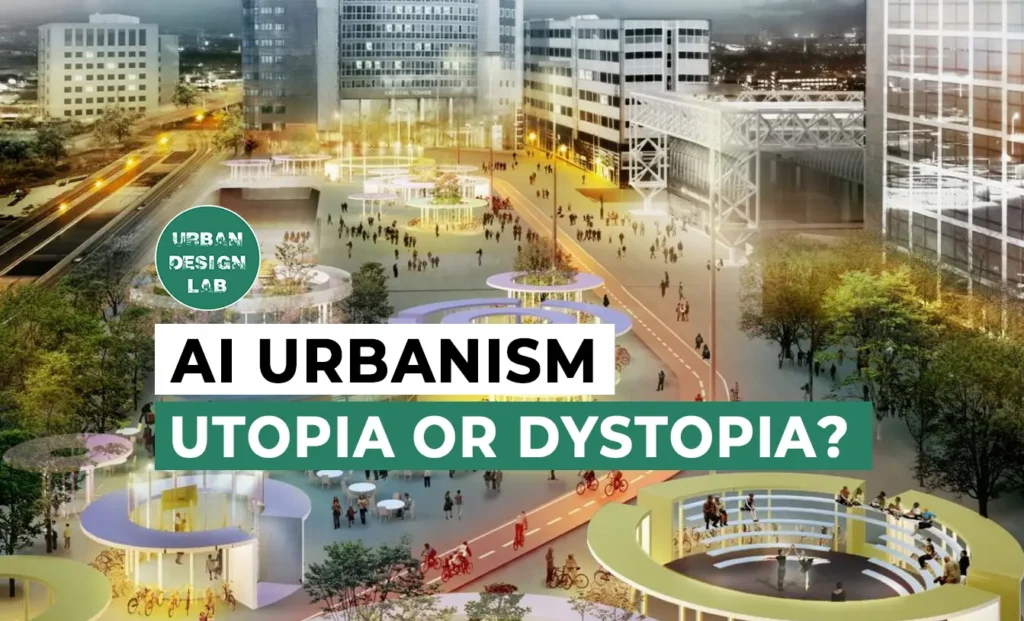
Cities are living, breathing representations of our common ideals, aspirations, and fears; they are much more than just groups of structures and streets. These days, the increasing impact of artificial intelligence is subtly but significantly changing how we plan, manage, and live in cities. We can already observe how data-driven technologies are improving municipal systems’ responsiveness, transportation efficiency, and service intelligence in locations like Singapore and Barcelona.
However, there are several drawbacks to this new era of “AI Urbanism.” Difficult problems of justice and public trust are brought up by the possibility of biased algorithms, the degradation of privacy, and the growing influence of private computer companies.
As citizens and designers, we are at a turning point in our history: will new technologies allow us to build more vibrant and inclusive cities, or may they widen the gaps we presently face?
In the pages that follow, I will examine both sides of this argument, balancing the real advancements AI offers with the prudence it requires. Above all, I support a strategy that places people at the center of our urban future rather than technology.
What is AI Urbanism?
The term “AI Urbanism” describes the expanding application of artificial intelligence to influence the planning, design, and administration of our cities. AI is becoming more and more integrated into the urban fabric through digital technologies that affect zoning and development, predictive safety techniques, and adaptive traffic systems. These technologies are being used by both private companies and local governments to speed up services, cut expenses, and react faster to the demands of urban life.
Yet, this change is fundamentally political and social in nature rather than merely technological. Others express concerns about over-control, the loss of local character, and the possibility of marginalizing community voices, while others support AI as a means of achieving higher efficiency and smarter cities. After all, cities are more than just systems of infrastructure; they are places to live that are molded by culture, people, and ongoing change. The decisions we make about using AI will have a long-term effect on our cities’ operations, atmosphere, and population.
Therefore, it is crucial that we approach AI Urbanism with both ambition and caution, bearing in mind that the people are the heart of any city.
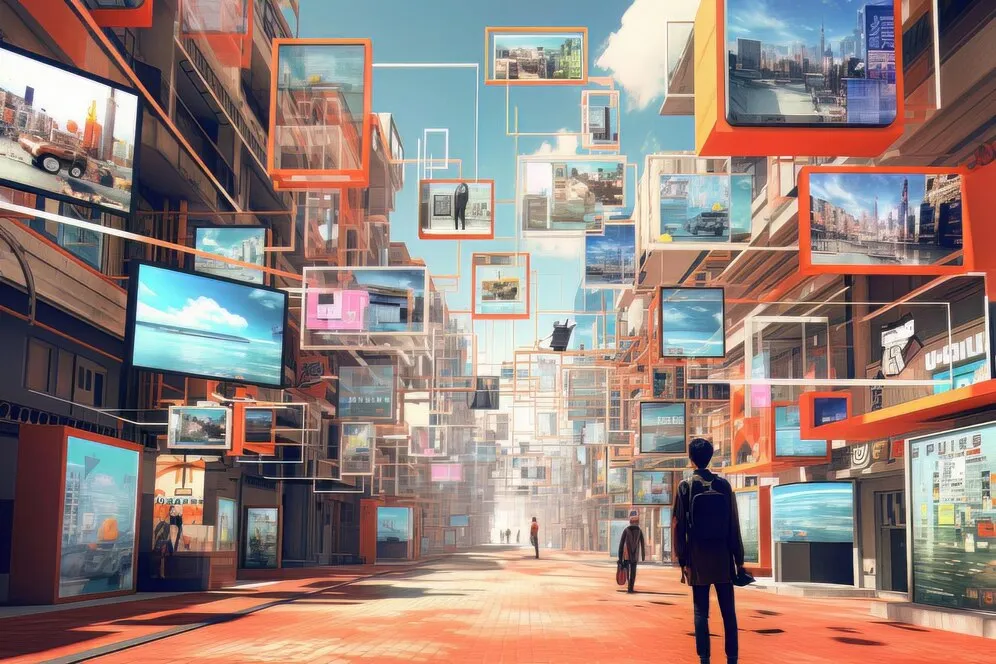
The sound promises of the smart cities
AI has the potential to significantly improve the efficiency, safety, and the environment of our cities. For instance, AI-powered traffic systems in Singapore react to real-time road conditions, cutting pollution and relieving traffic. Barcelona, on the other hand, uses smart technologies to control public Wi-Fi networks and preserve green areas while adapting to usage and mobility trends around the city. Beyond these well-known instances, artificial intelligence is subtly changing vital services like water supply, energy management, and waste collection, assisting in the smoother and more sustainable operation of metropolitan networks. Importantly, when used carefully and fairly, these technologies can give planners a better understanding of people’ needs, facilitating quicker and more responsive decision-making.
Ultimately, the essence of a smart city lies not in its gadgets, but in its ability to enhance everyday life and foster a more sustainable urban future.
Source: Website Link
Hidden Biases and Social Inequities in AI Urbanism
While although artificial intelligence is frequently viewed as a tool for creativity and efficiency, its effects on cities can be anything from neutral. AI models are only as fair as the data they are based on, and in urban settings, historical inequity frequently shapes that data. These methods have the potential to widen the very gaps they are meant to bridge if they are used carelessly.
For instance, a lot of AI techniques used in city planning are based on historical datasets that show discriminatory trends like overpolicing in particular districts or redlining in housing. AI may therefore make investments in existing disadvantaged areas less important. Lower-income neighborhoods may be left out of algorithms used for resource allocation, traffic planning, or public safety if the data does not adequately reflect their requirements.
In addition, many AI systems conceal their internal operations from the general public. Because of this “black box” character, choices that have an impact on people’s lives like housing access, mobility, or public services can be made in an opaque or unaccountable manner.
In order to mitigate these dangers, technologists and urban planners need to put an emphasis on openness, diversity, and ongoing AI system audits.
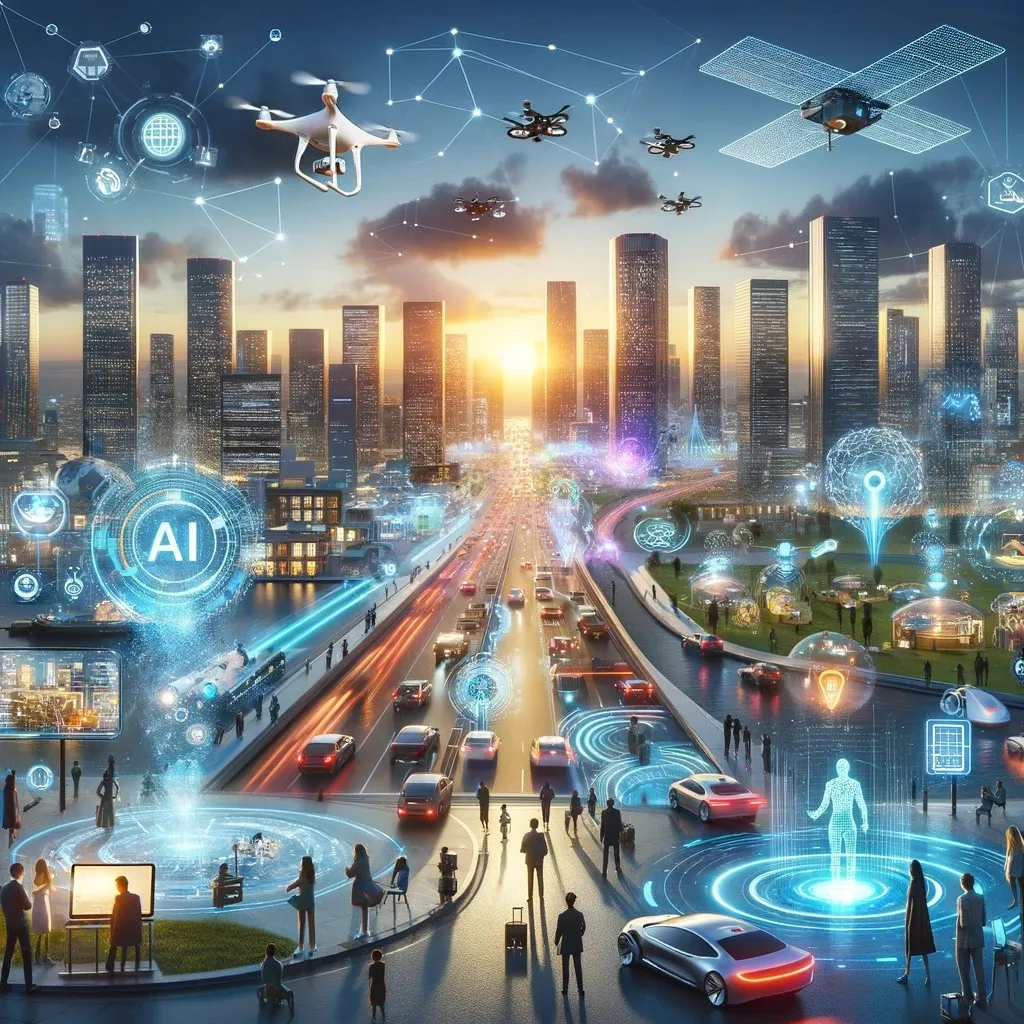
Surveillance and Privacy in AI-Driven Cities
Smart cameras, sensors, and other AI-powered surveillance systems offer increased protection, but they also pose significant privacy issues. Every movement in AI-powered cities can be monitored, examined, and recorded, making it harder to distinguish between individual liberty and public safety. The difficulty is in developing strong legal and moral frameworks that safeguard citizens’ rights without impeding innovation. Sustaining trust in smart urban systems requires open governance, data reduction, and public approval.
Although the prospect of smarter cities is alluring, it’s equally critical to address the dangers associated with the swift advancement of technology.
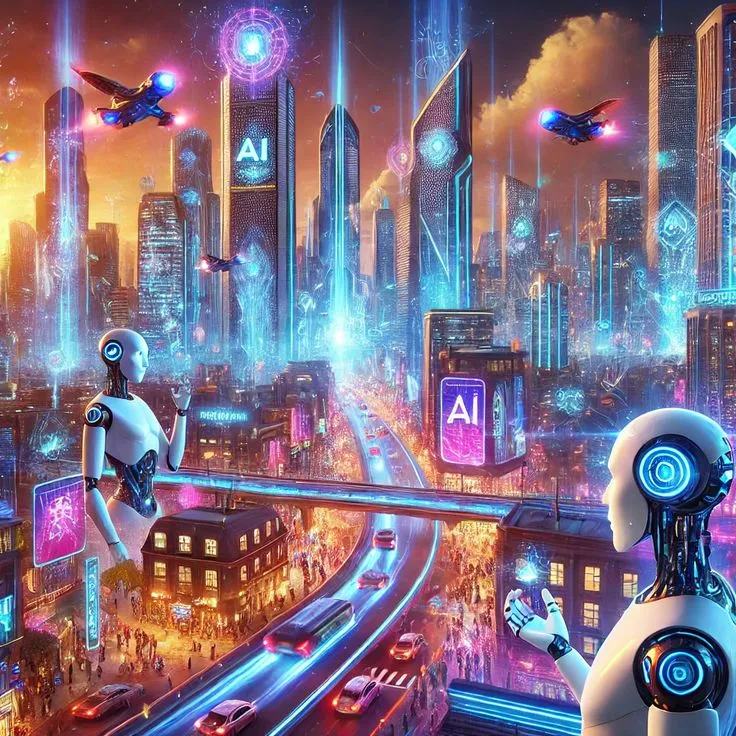
The Role of Human-Centered Design in AI Urbanism
Human-centered design makes ensuring that urban areas continue to be livable, inclusive, and sensitive to a range of demands, even though technology can maximize city services. In order to jointly design spaces where technology benefits people rather than the other way around, planners and architects must work with communities. Adaptive urban policies, frequent feedback loops, and participatory design procedures aid in striking a balance between effectiveness and compassion.
Working with various urban neighborhoods has given me the opportunity to observe how digital innovation may elicit both excitement and concern. Enabling AI-driven advancements to benefit everyone, not just a few, is a problem for designers and legislative bodies.
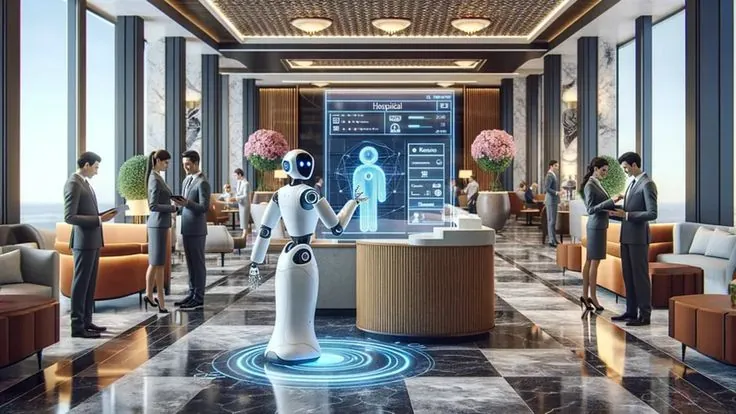
The Future of Work and Urban Life in AI Cities
The employment market will be significantly impacted by AI, particularly in places with high population densities. Although AI will increase productivity and aid with labor shortages, it also poses a danger to the current income and productivity differences between urban and rural areas, which could exacerbate social inequality and digital divides. To guarantee that the advantages of AI-driven growth are widely distributed, cities will need to make investments in digital literacy, labor reskilling, and equitable economic policy.
Moreover, data-driven planning and AI-powered simulations will help city planners and architects create accessible, flexible, and sustainable public areas. AI will assist in optimizing the location and operation of buildings, parks, and transit hubs by evaluating environmental data, pedestrian flows, and traffic.
Public areas will be enabled to adjust to shifting needs due to responsive architecture that is driven by real-time data, enhancing comfort, safety, and resource efficiency.
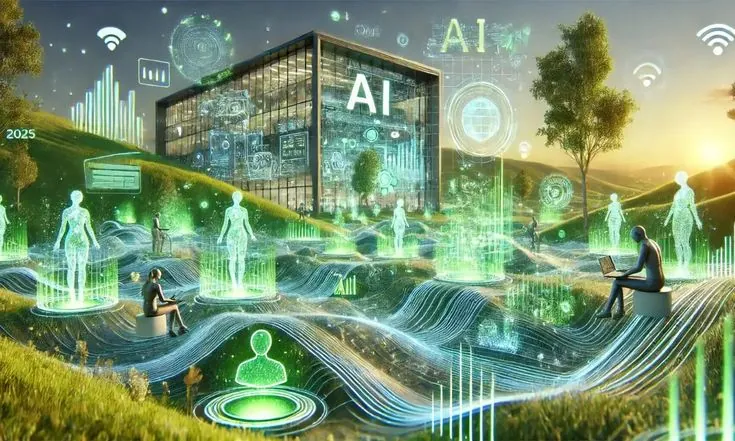
-1
-1
-1
-1
Conclusion
In conclusion, the incorporation of intelligent technologies into urban life presents both serious obstacles and amazing prospects for the cities of the future. Modern technology forces us to address urgent issues of justice, privacy, and social cohesion even as it promises to transform everything from the way we live and work to the structure of our public areas.
In the end, the cumulative knowledge and concern of those who create our cities urban planners, designers, legislators, and communities will determine their course. We must approach this new period with a dedication to ethical stewardship, inclusive design, and honest debate if we are to create spaces that are not only effective but also robust and profoundly human.
As always, the values we choose to support will determine the destiny of our cities more so than the technologies we use.
References
- Batty, M. (2018). Artificial Intelligence and Smart Cities. Environment and Planning B: Urban Analytics and City Science, 45(1), 3-6. https://doi.org/10.1177/2399808317753049
- Kitchin, R. (2021). Urban intelligence and the post-pandemic city. Urban Studies, 58(3), 571–580. https://doi.org/10.1177/0042098020975787
- Townsend, A. M. (2013). Smart Cities: Big Data, Civic Hackers, and the Quest for a New Utopia. W.W. Norton & Company.
- Zuboff, S. (2019). The Age of Surveillance Capitalism: The Fight for a Human Future at the New Frontier of Power. PublicAffairs.
- Crawford, K. (2021). Atlas of AI: Power, Politics, and the Planetary Costs of Artificial Intelligence. Yale University Press.
- Gehl, J. (2011). Life Between Buildings: Using Public Space (6th ed.). Island Press.
- McKinsey Global Institute. (2018). Smart Cities: Digital Solutions for a More Livable Future. https://www.mckinsey.com/industries/public-sector/our-insights/smart-cities-digital-solutions-for-a-more-livable-future
- United Nations Human Settlements Programme. (2020). World Cities Report 2020: The Value of Sustainable Urbanization. UN-Habitat.
- O’Neil, C. (2016). Weapons of Math Destruction: How Big Data Increases Inequality and Threatens Democracy. Crown.
- Sadowski, J. (2020). Too Smart: How Digital Capitalism is Extracting Data, Controlling Our Lives, and Taking Over the World. MIT Press.

Neha Lad
About the author
Neha Lad is an urban designer with a global outlook, shaped by her postgraduate journey at the Manchester School of Architecture and hands-on project work across continents. She thrives on connecting bold ideas with on-the-ground realities, weaving research and creativity into every design narrative. Whether sketching city plans or collaborating with diverse teams, Neha brings curiosity and energy to the table believing that great cities are built through both strategy and empathy. Passionate about inclusive urbanism, participatory planning, and ethical innovation, she is committed to shaping urban spaces that are resilient, human-centered, and ready for the challenges of tomorrow.
Related articles

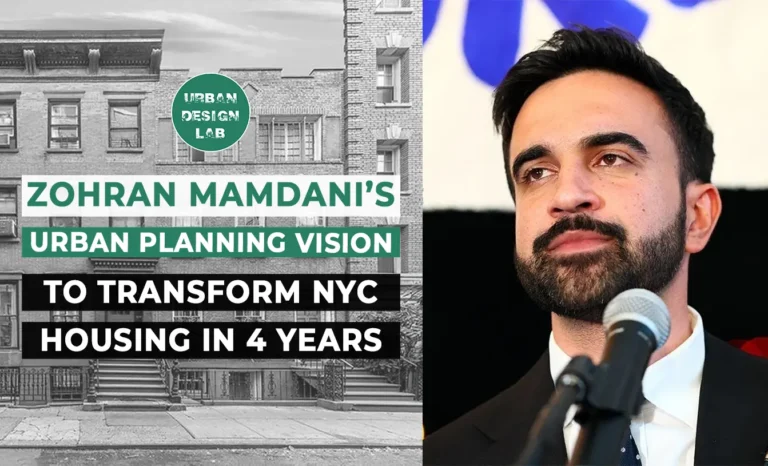
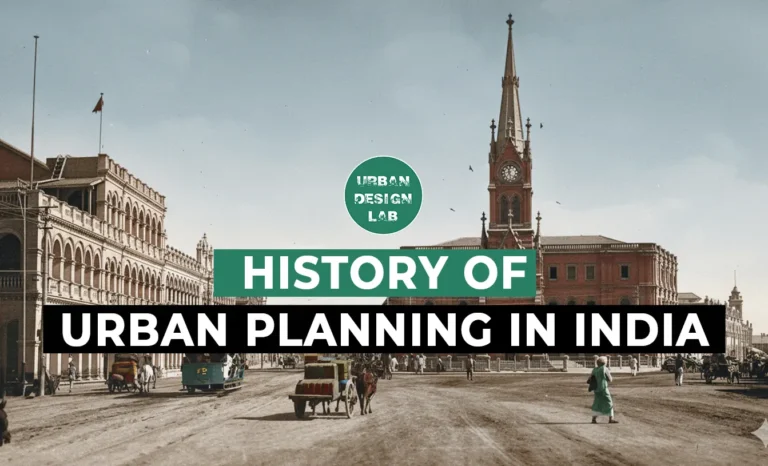
History of Urban Planning in India
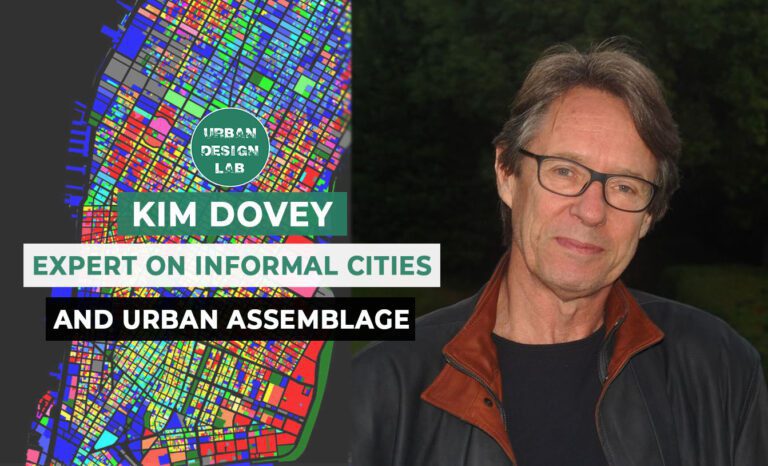
Kim Dovey: Leading Theories on Informal Cities and Urban Assemblage
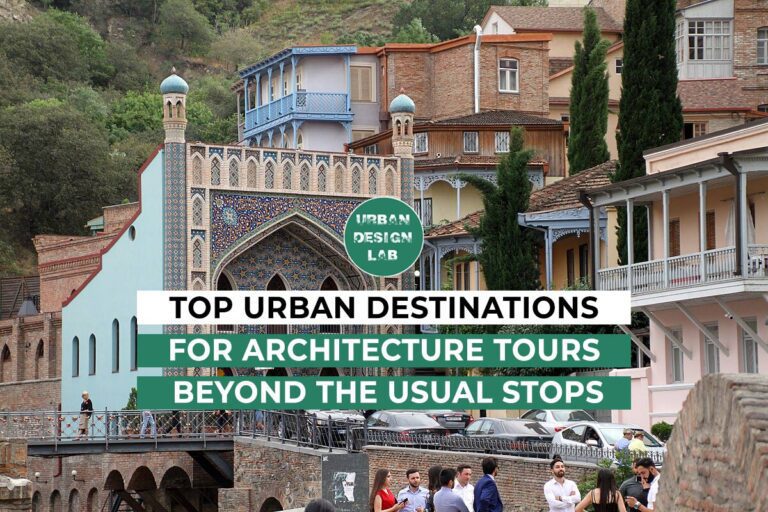
Top Urban Destinations for Architecture Tours Beyond the Usual Stops
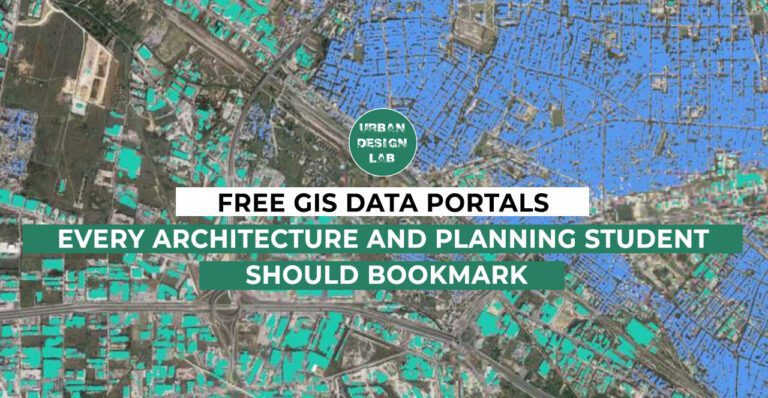
UDL GIS
Masterclass
Gis Made Easy- Learn to Map, Analyse and Transform Urban Futures
Session Dates
15th-19th December 2025

Urban Design Lab
Be the part of our Network
Stay updated on workshops, design tools, and calls for collaboration
Curating the best graduate thesis project globally!

Free E-Book
From thesis to Portfolio
A Guide to Convert Academic Work into a Professional Portfolio”
Recent Posts
- Article Posted:
- Article Posted:
- Article Posted:
- Article Posted:
- Article Posted:
- Article Posted:
- Article Posted:
- Article Posted:
- Article Posted:
- Article Posted:
Sign up for our Newsletter
“Let’s explore the new avenues of Urban environment together “
